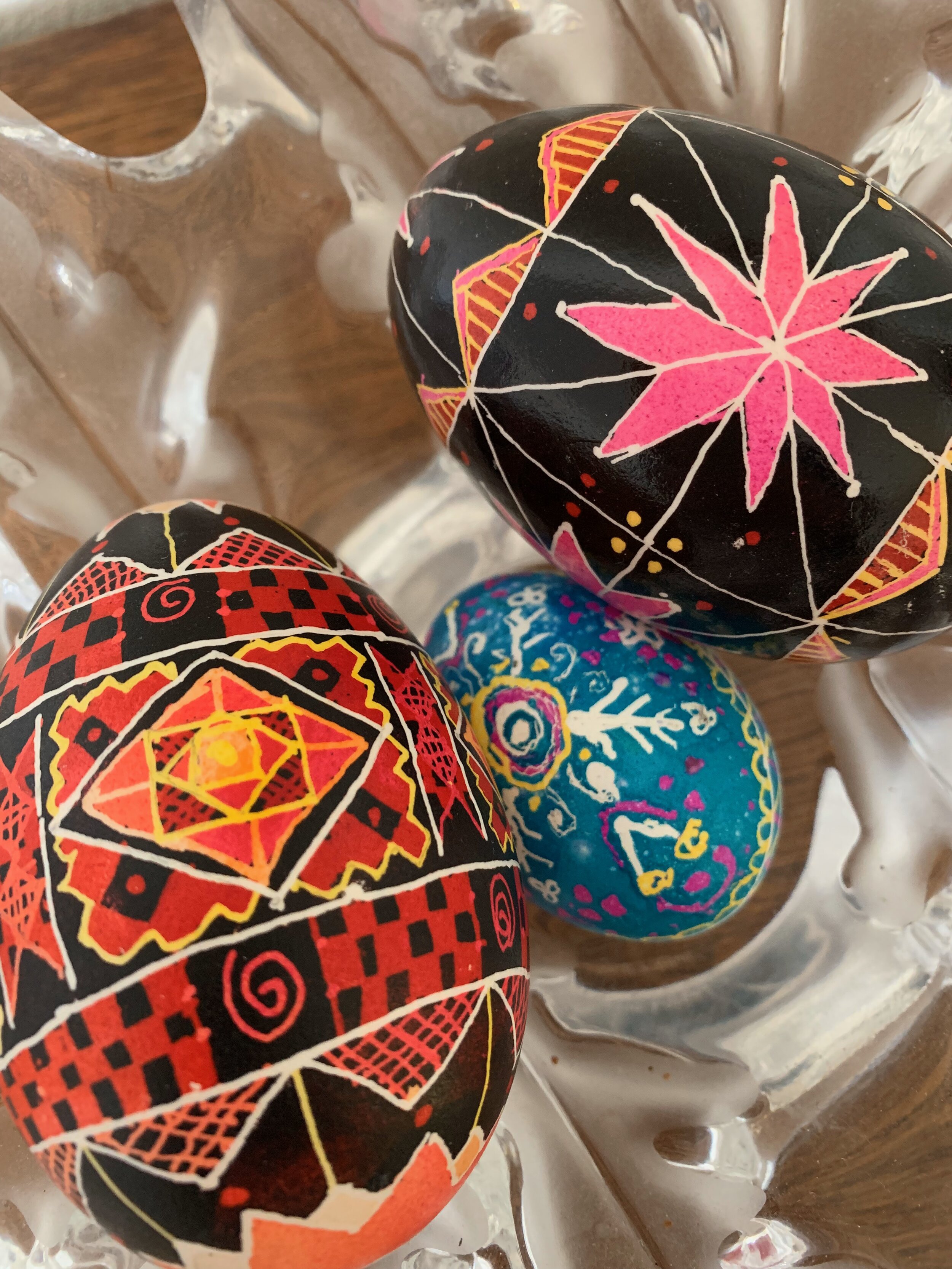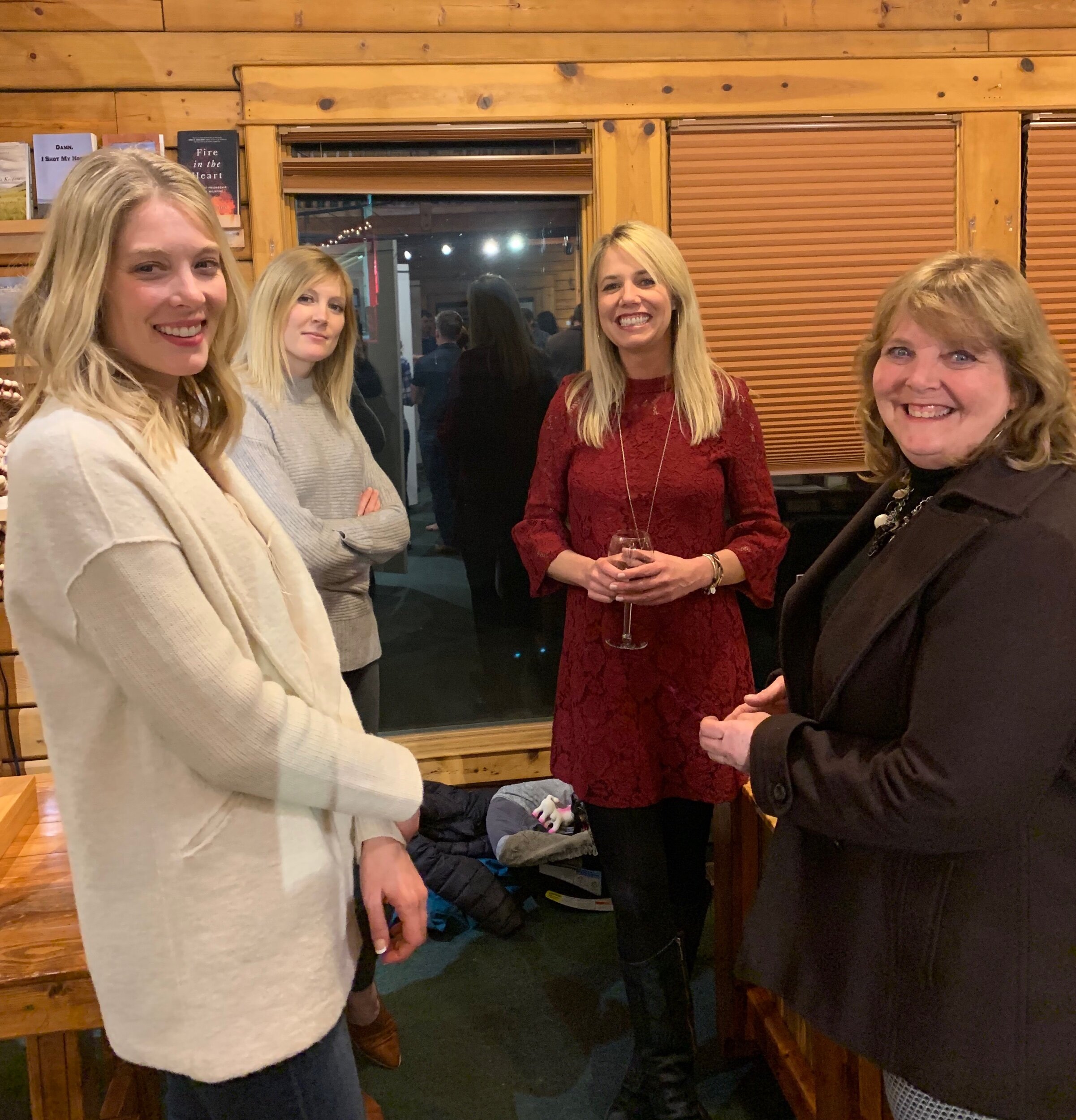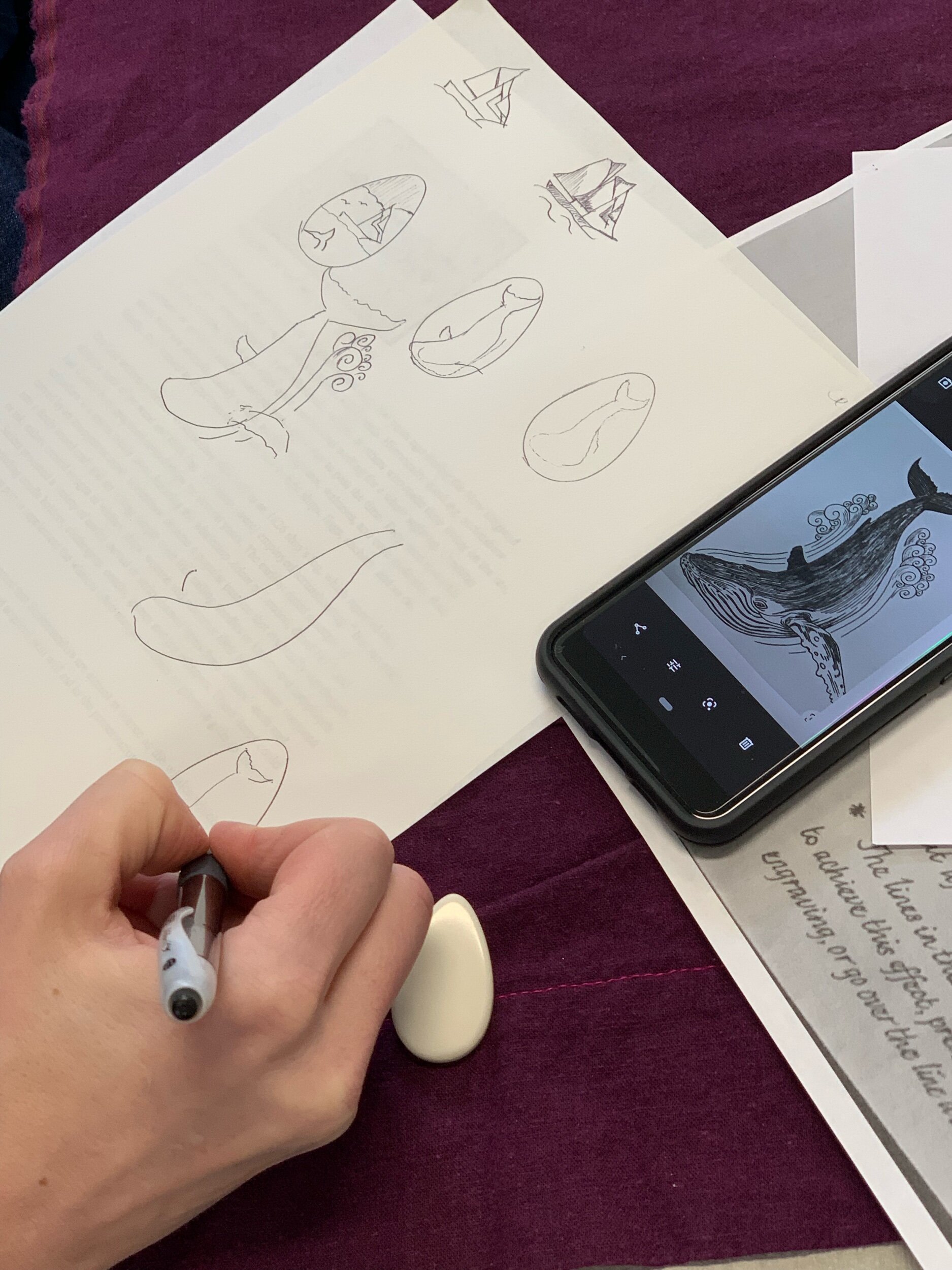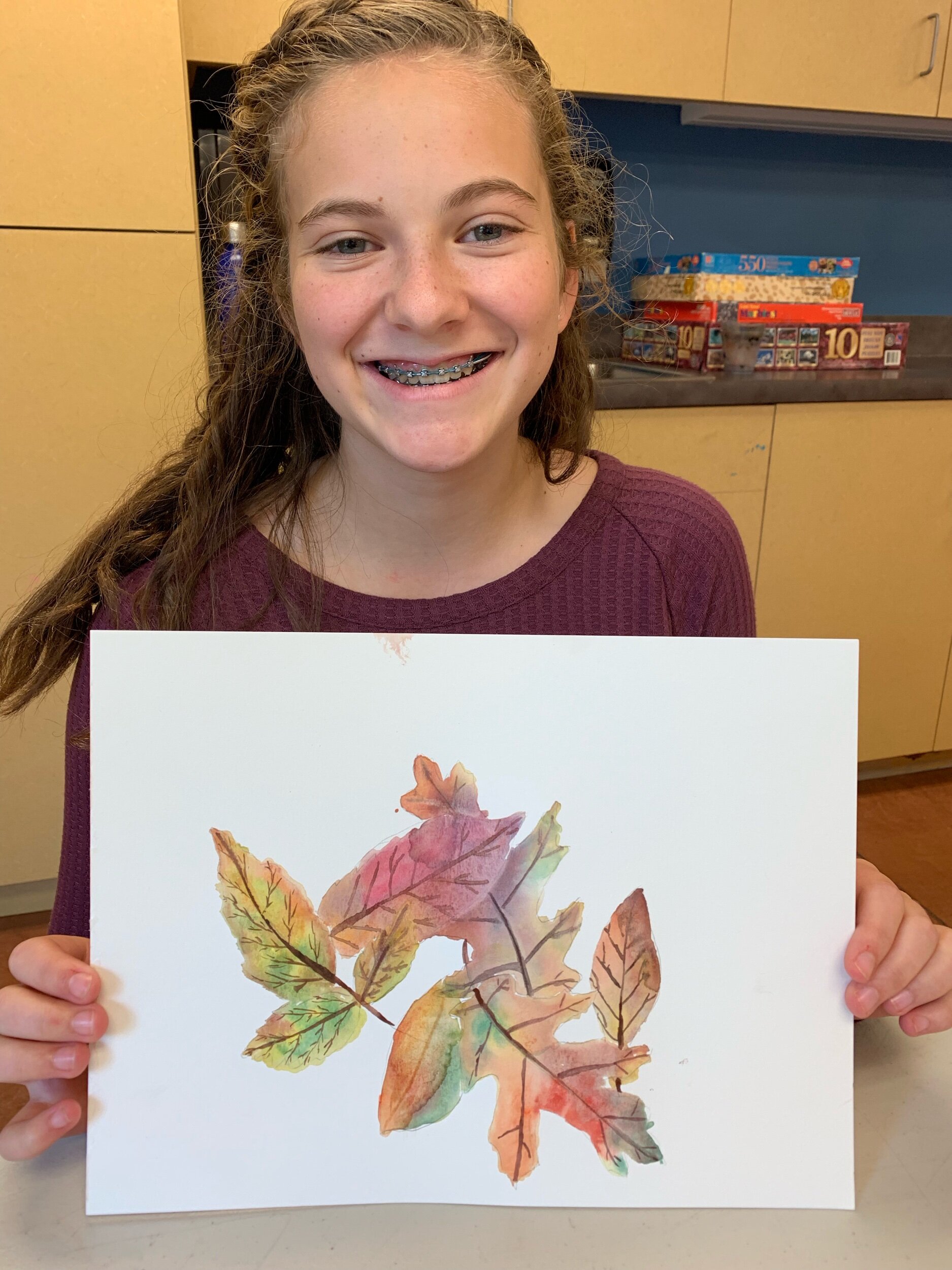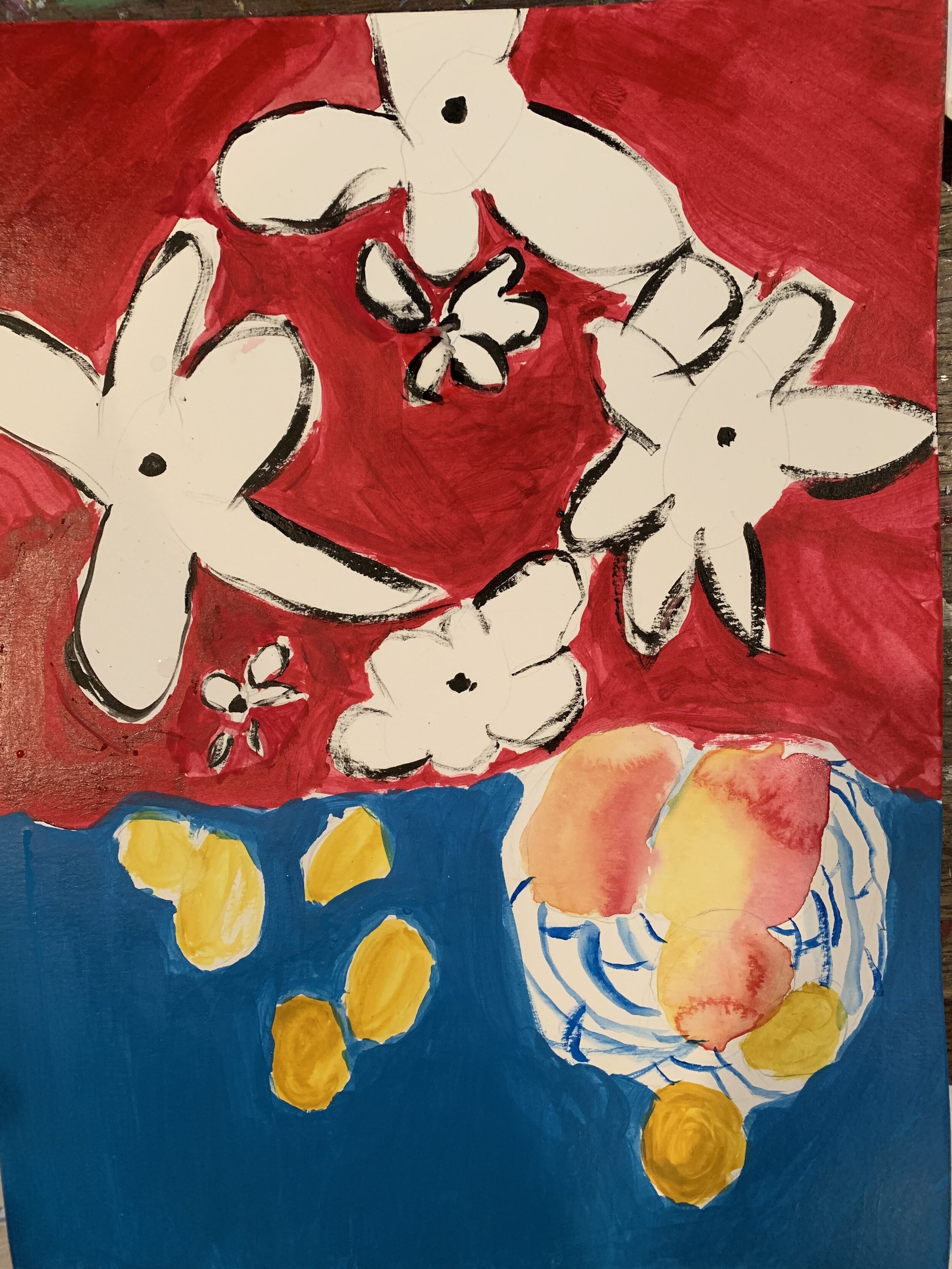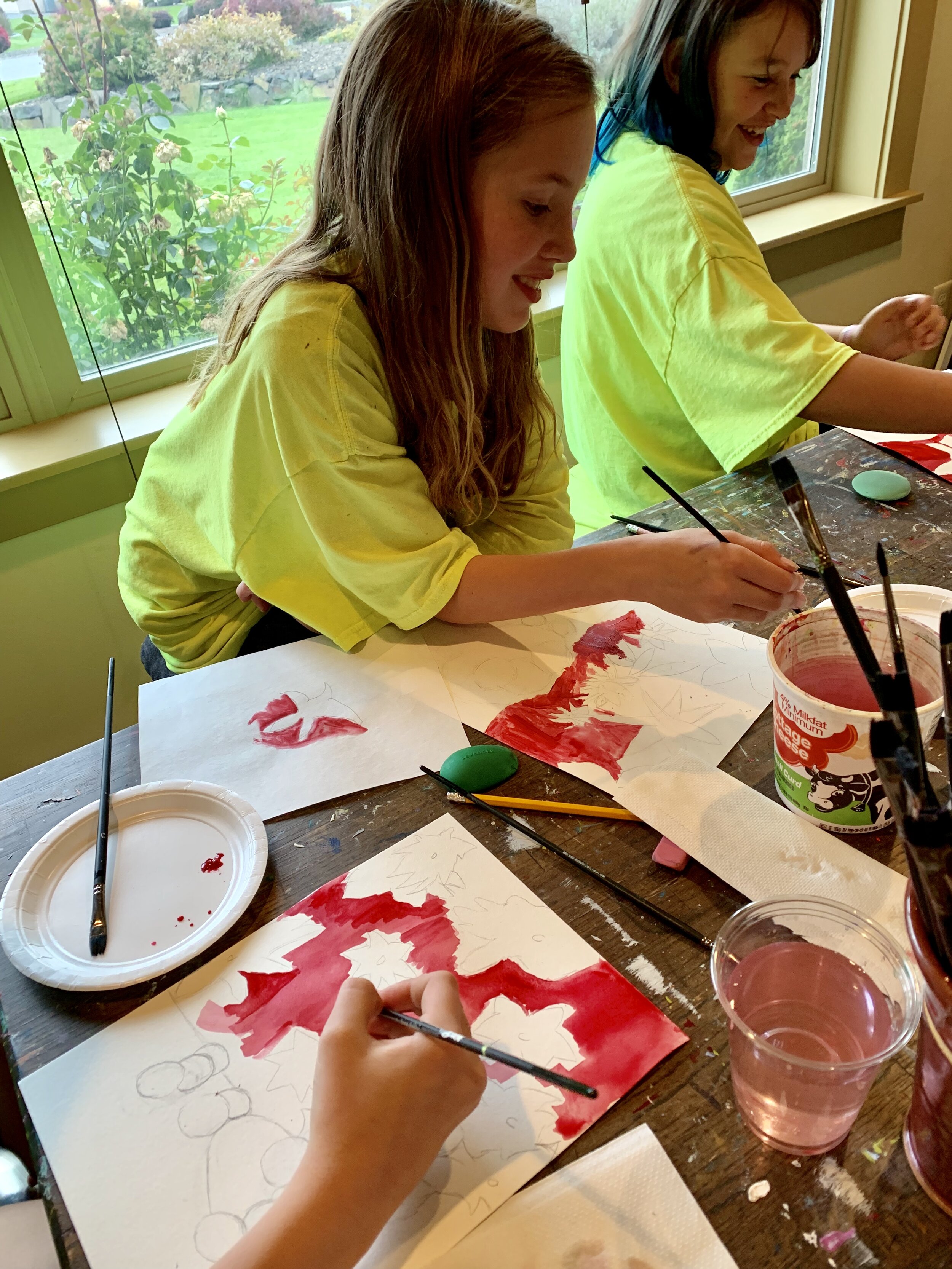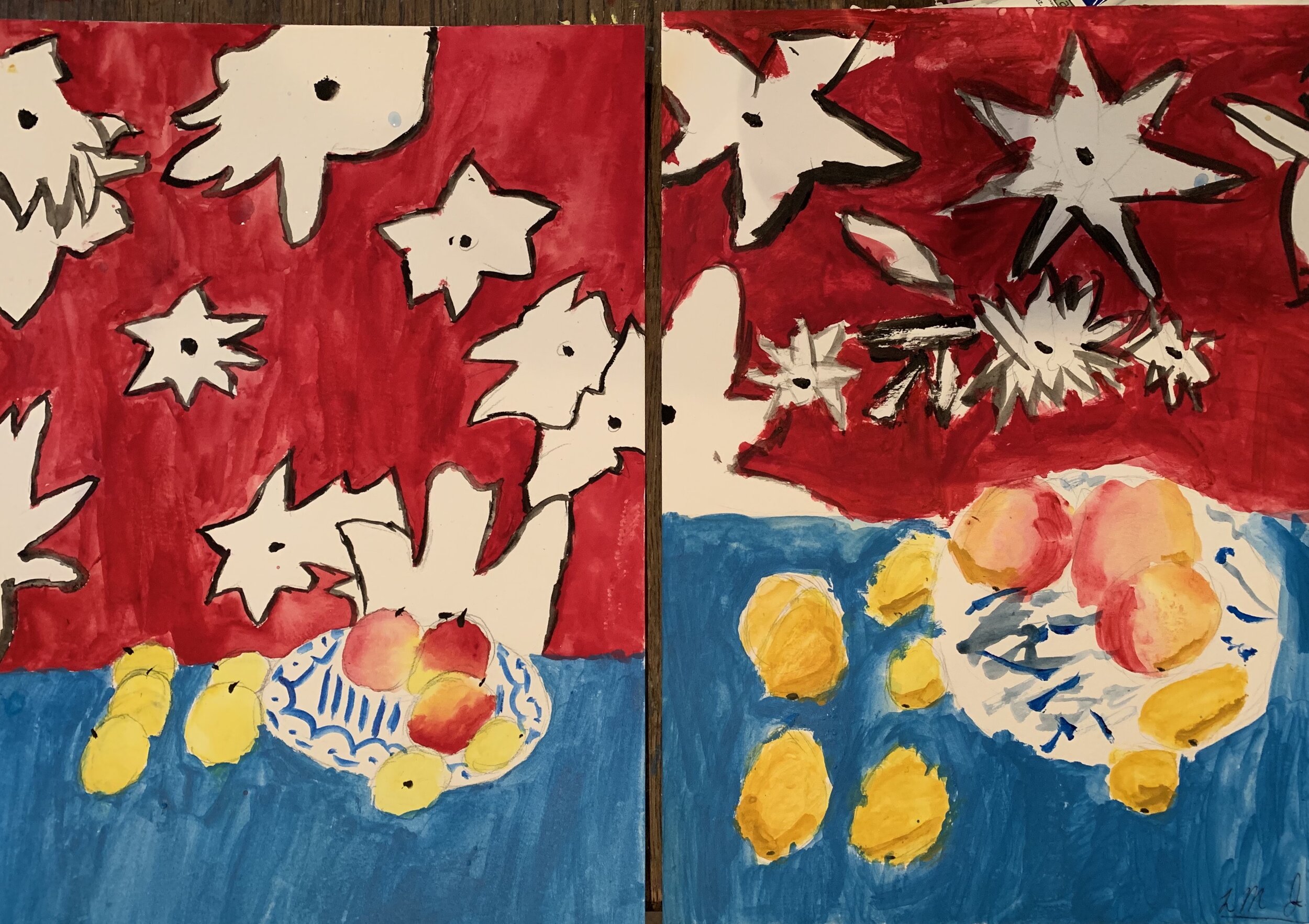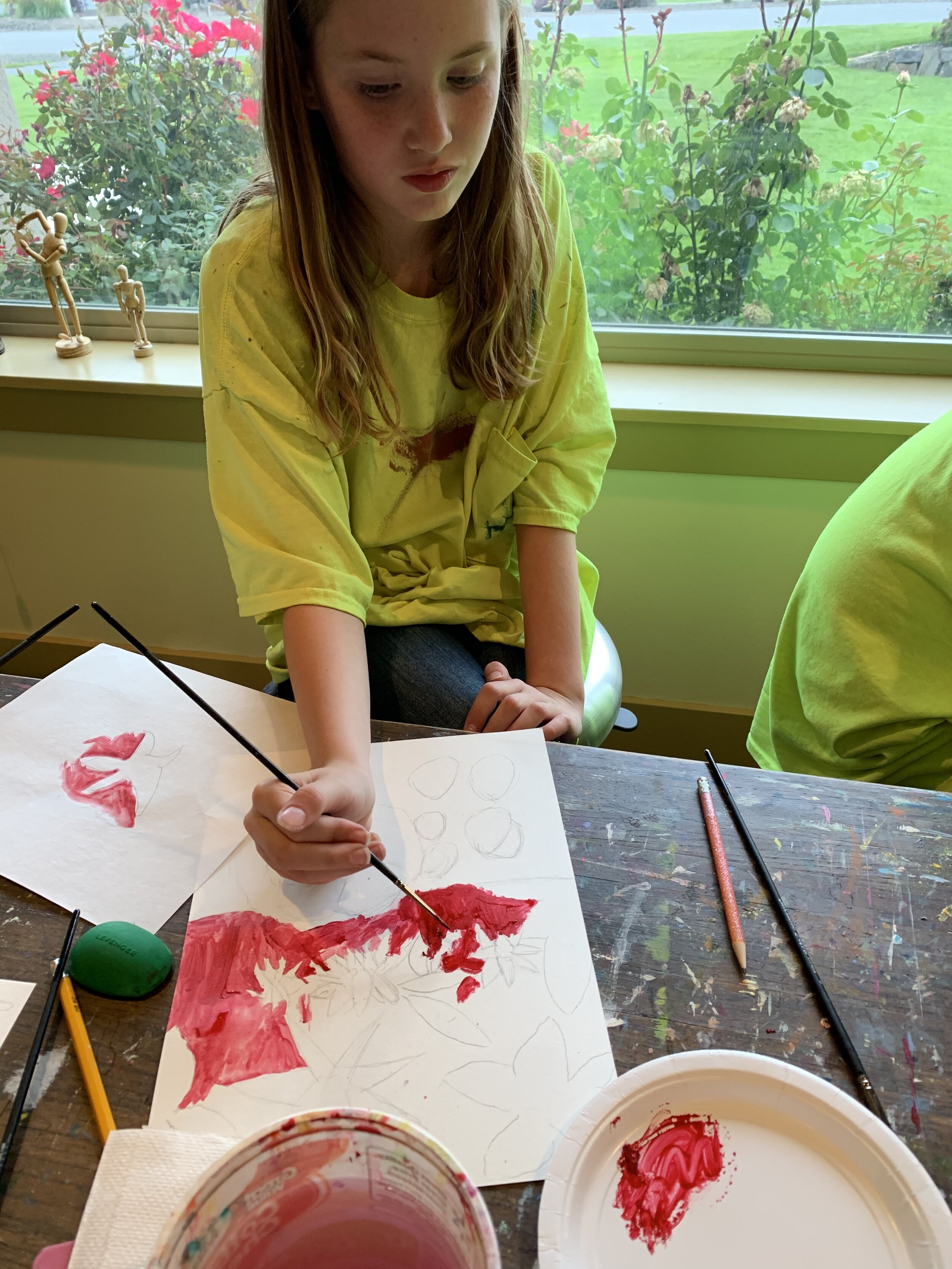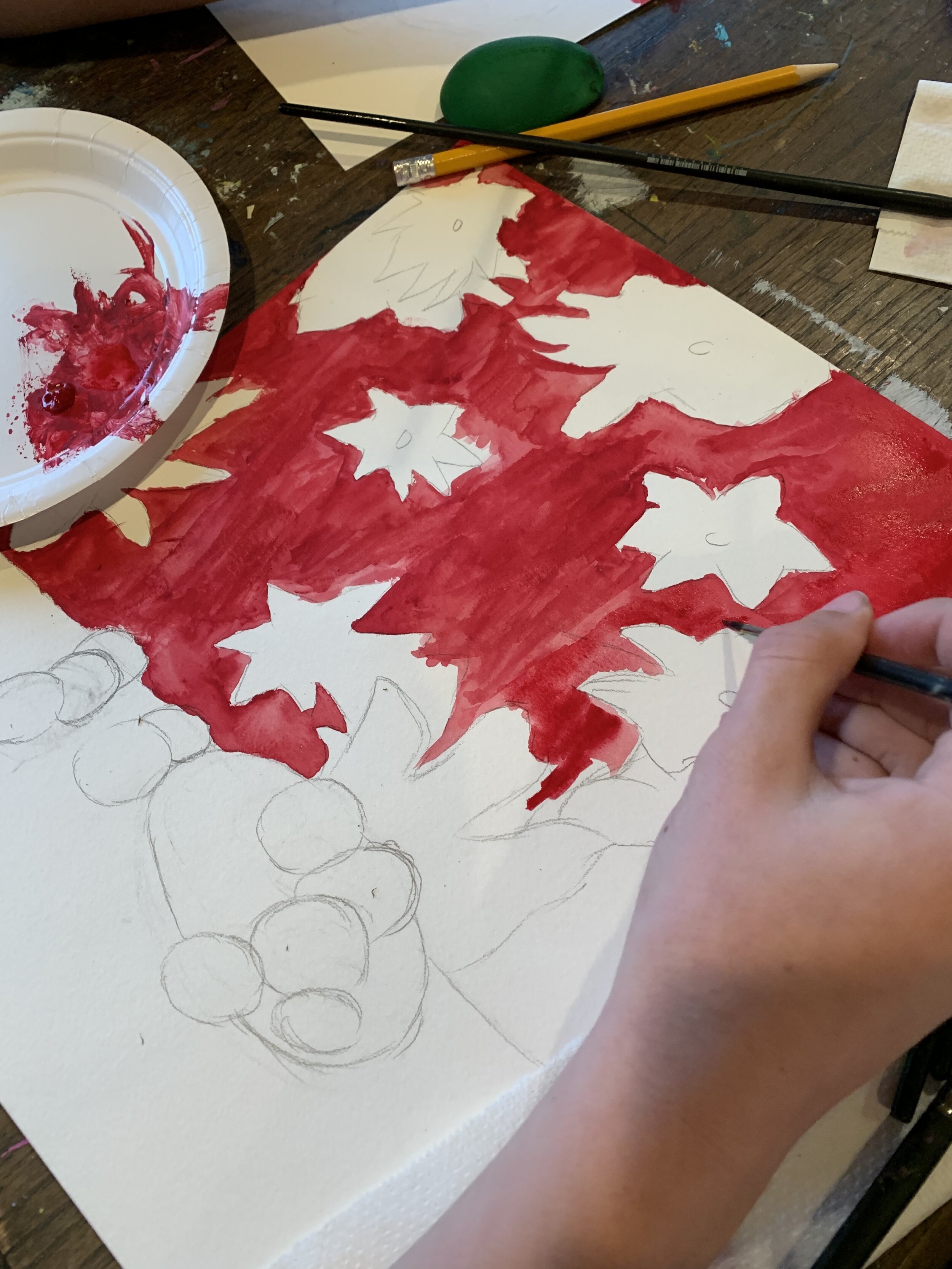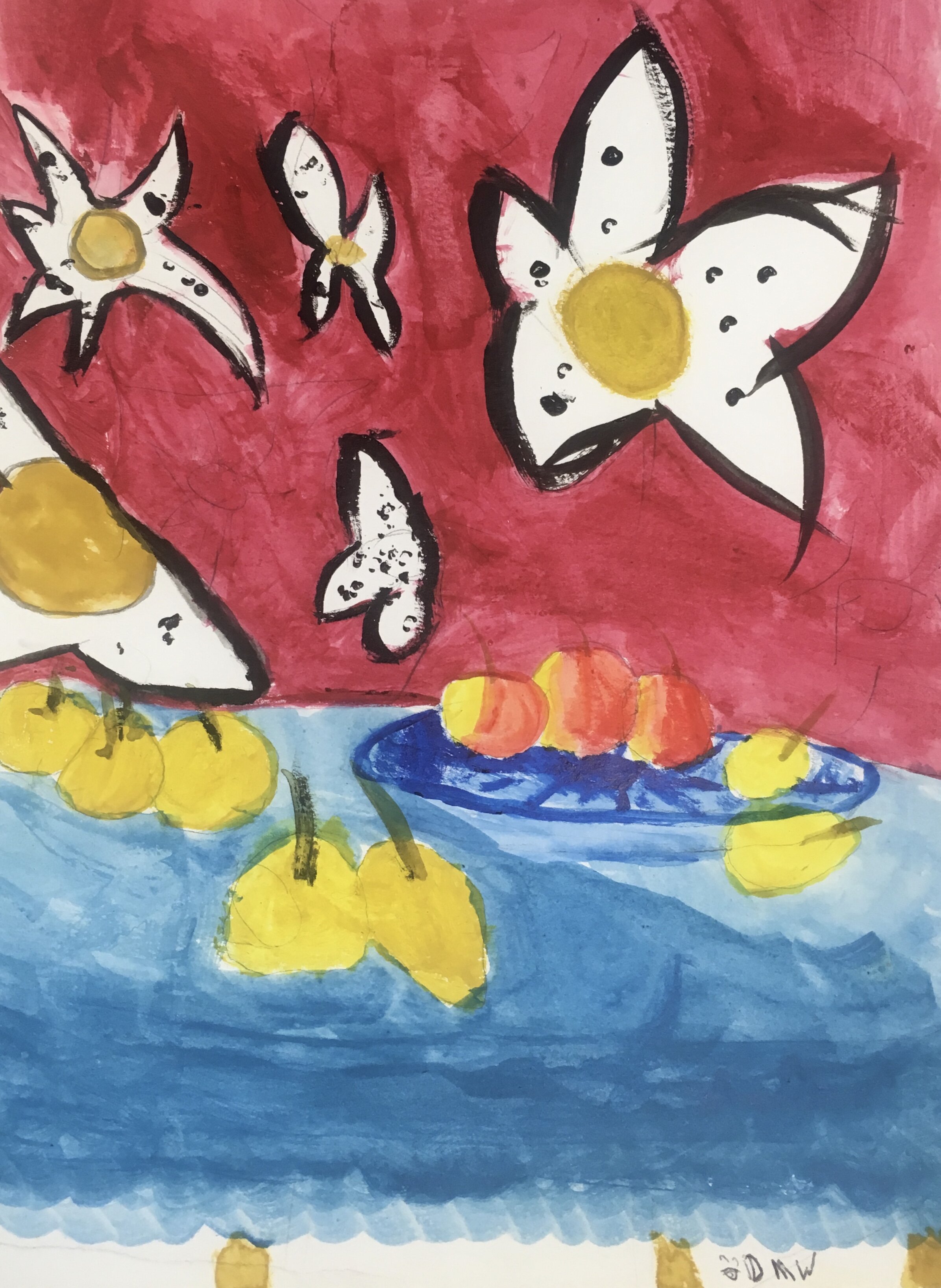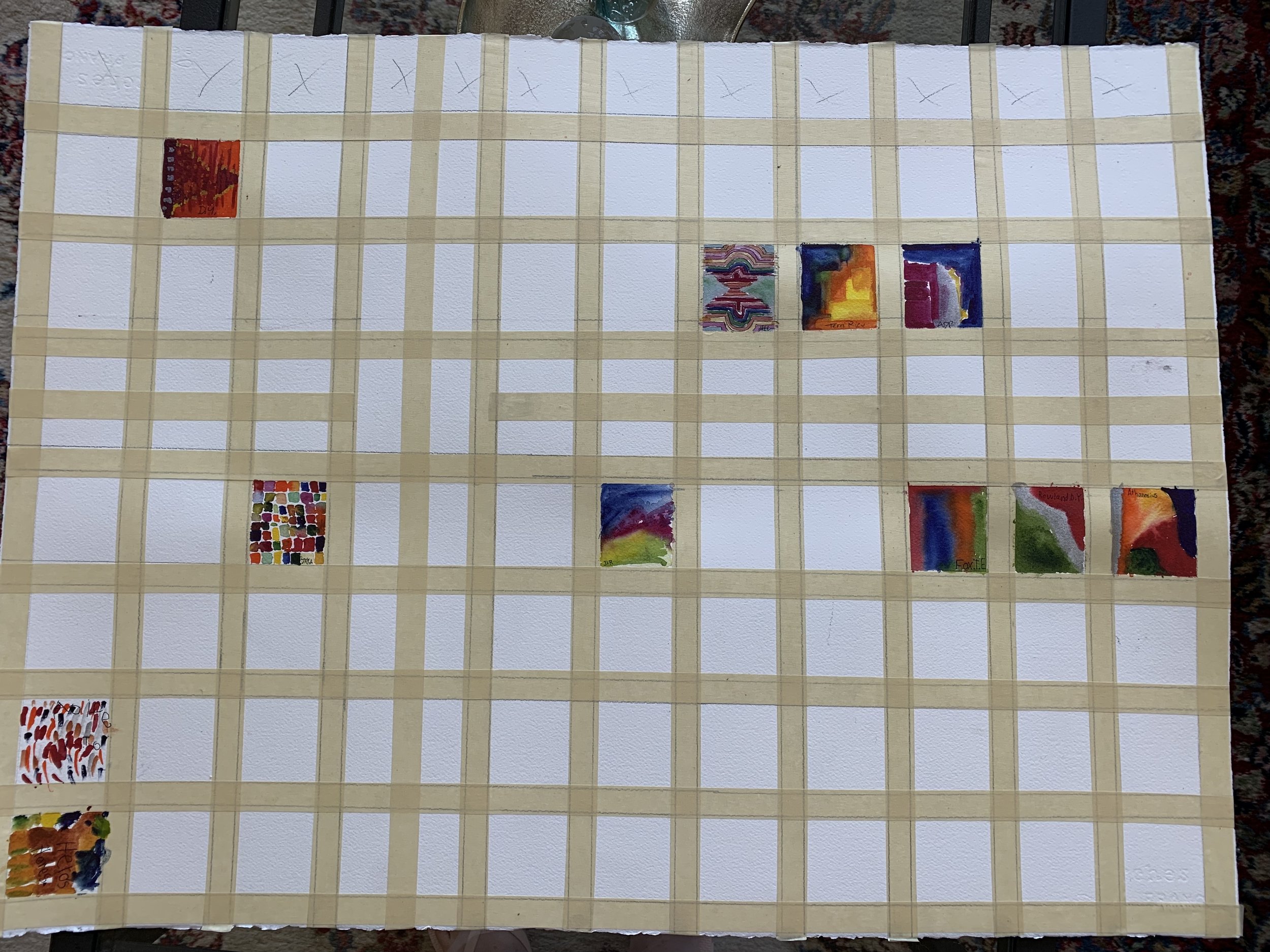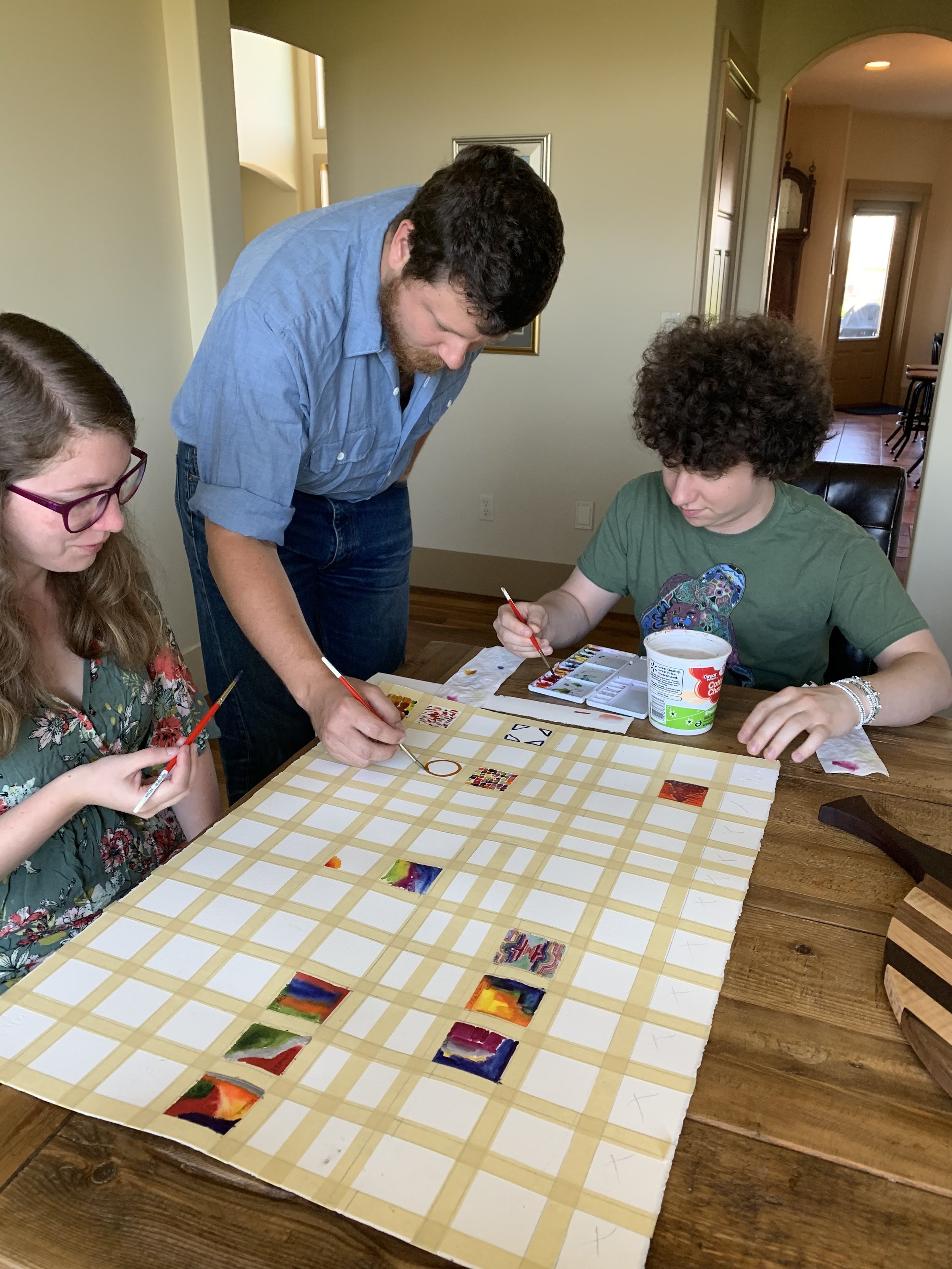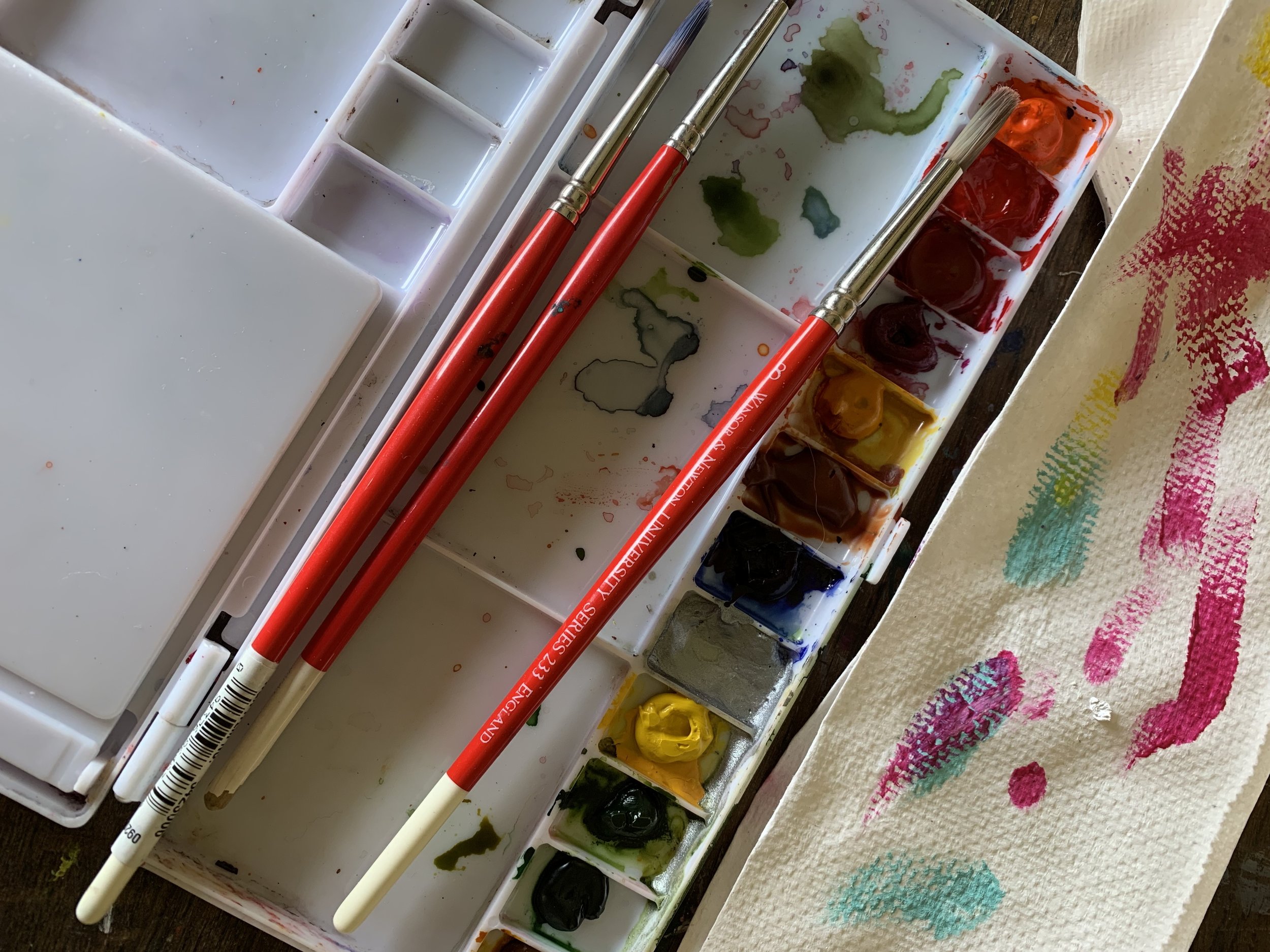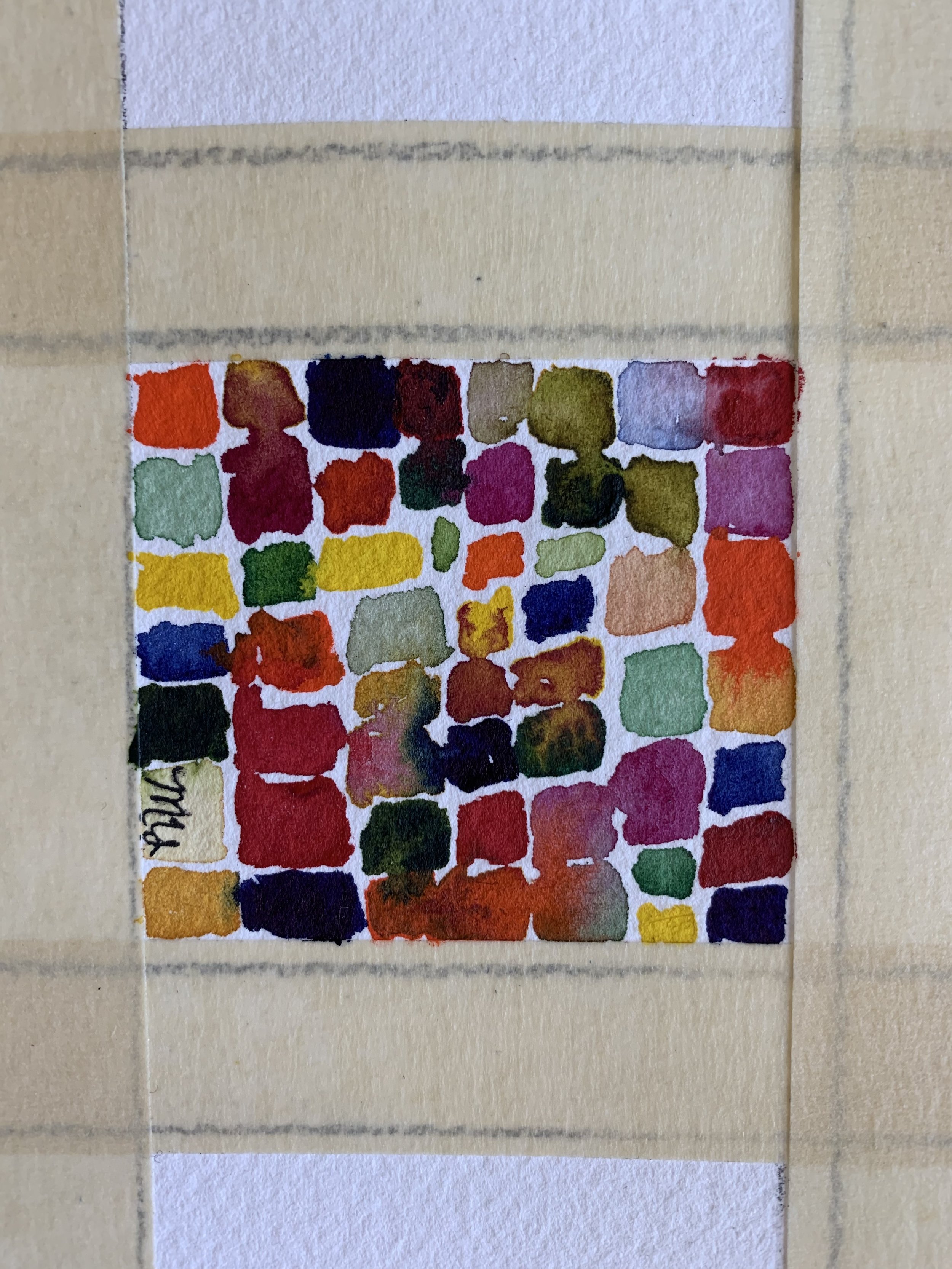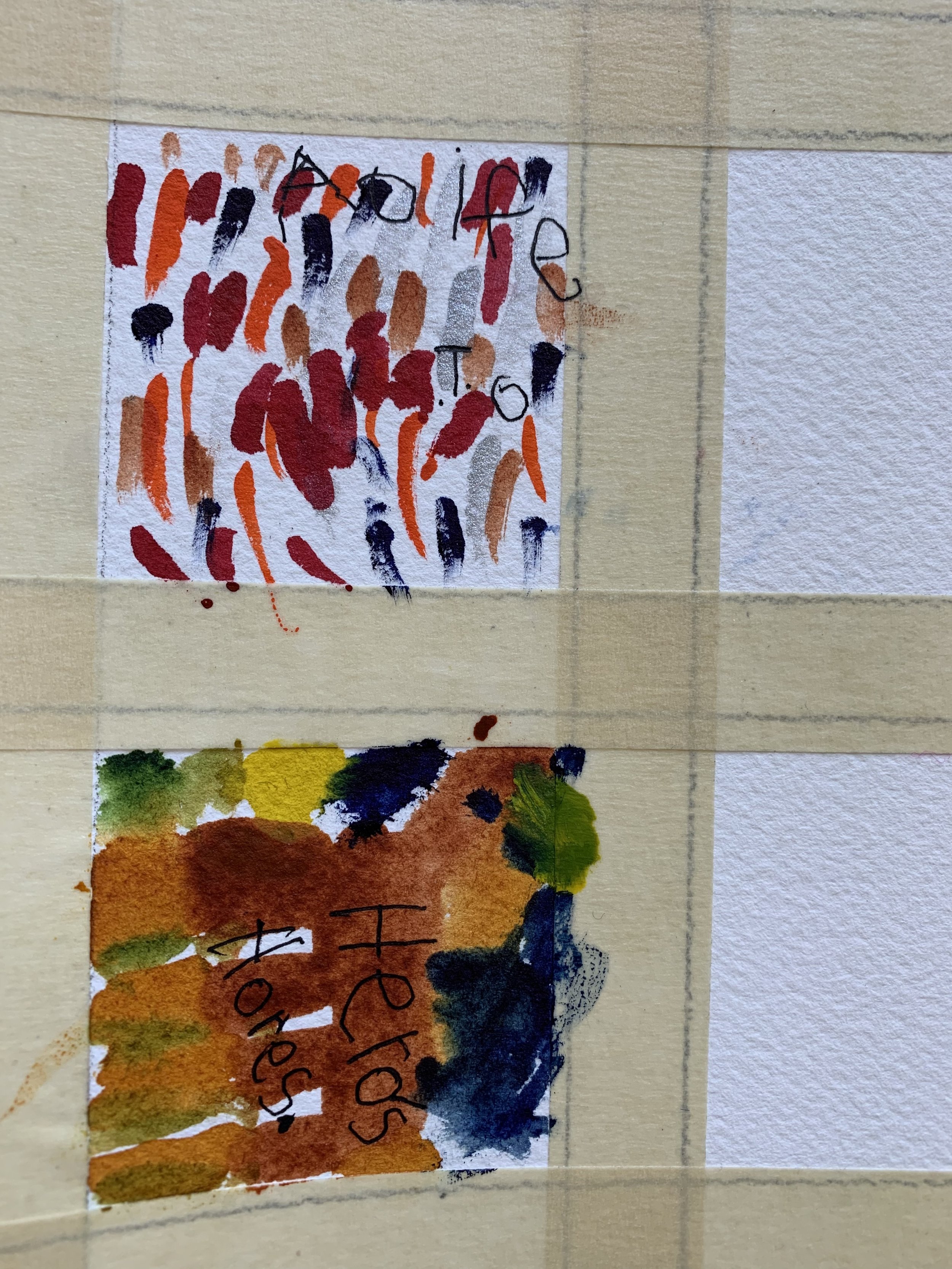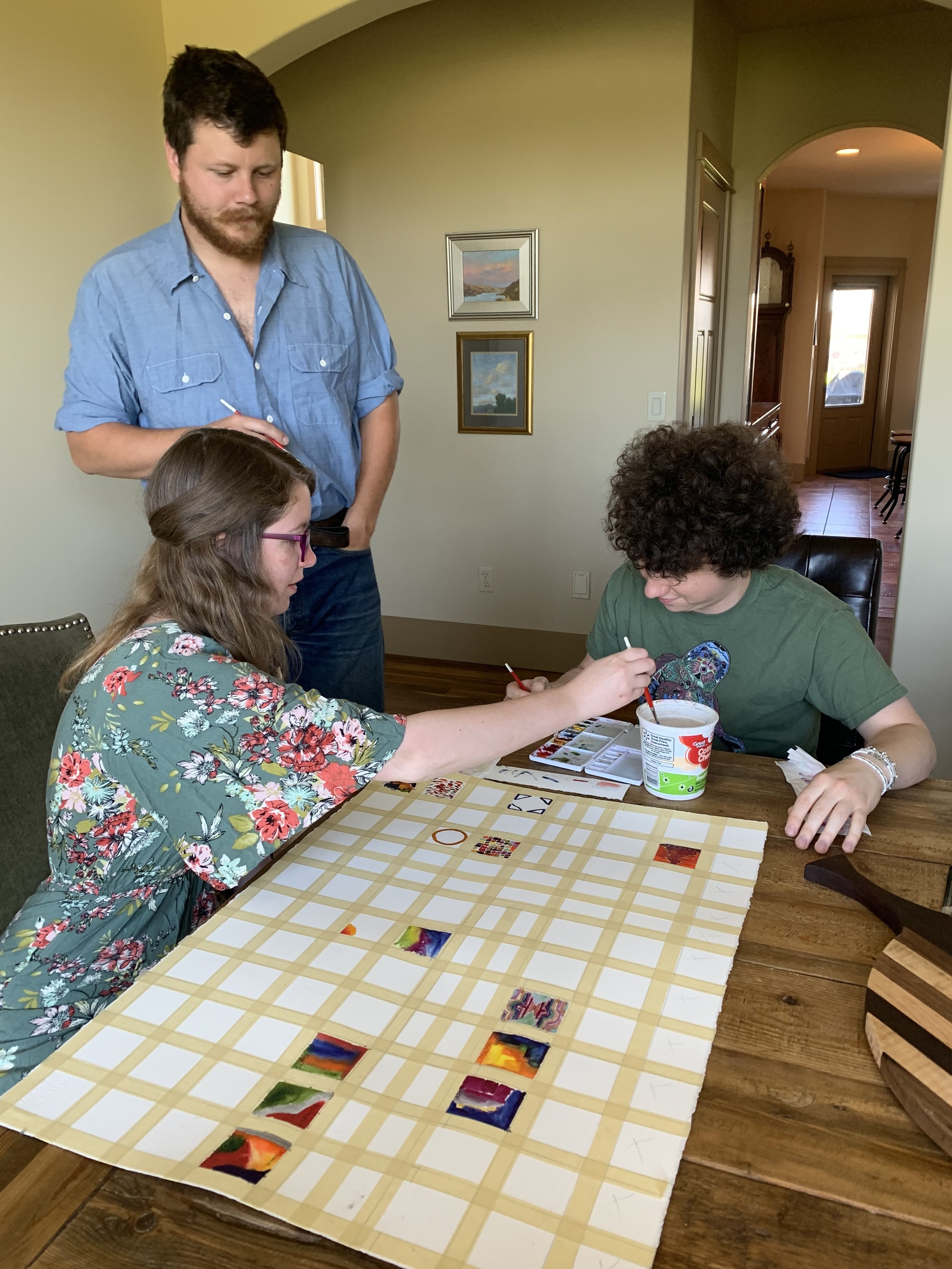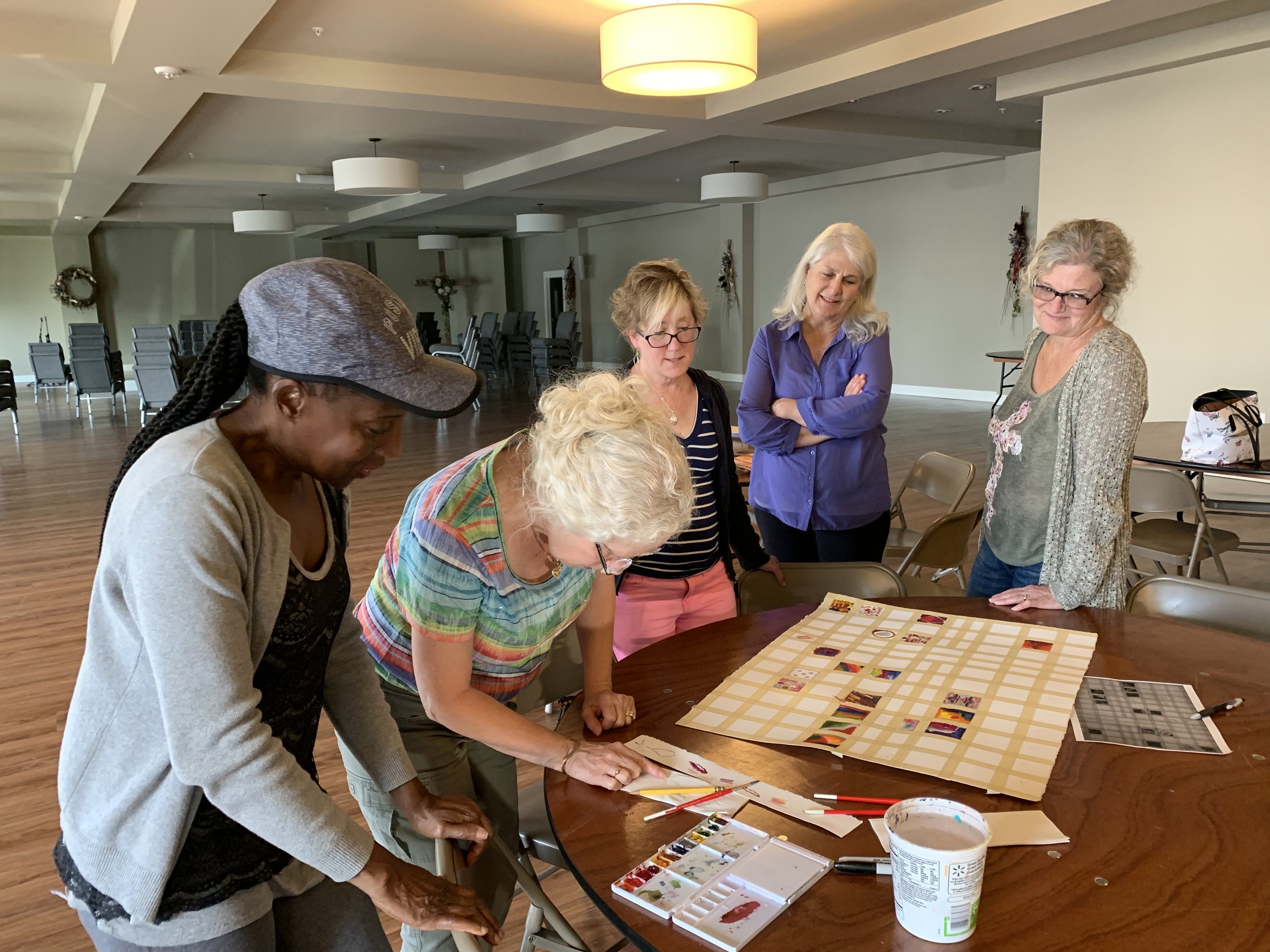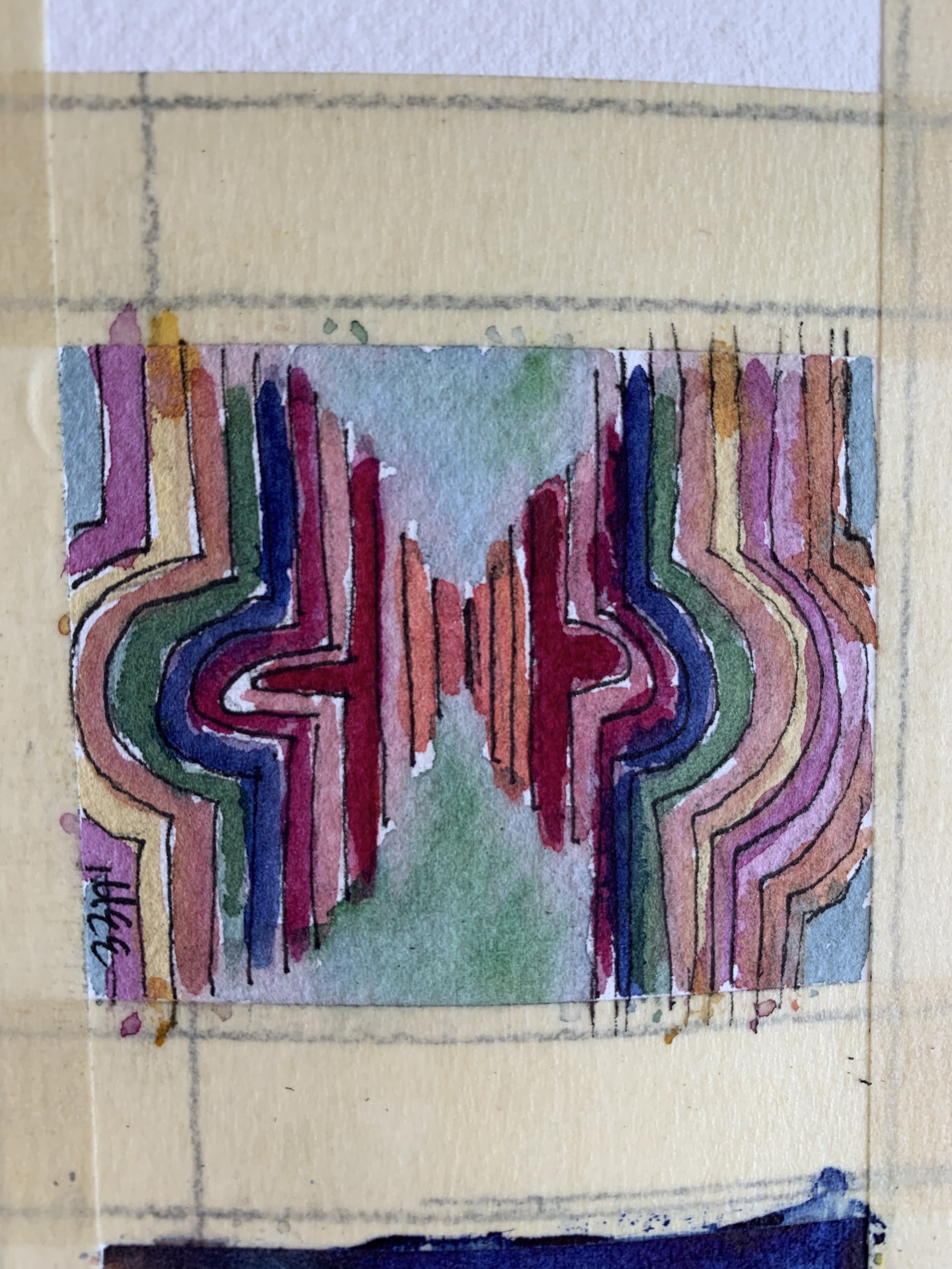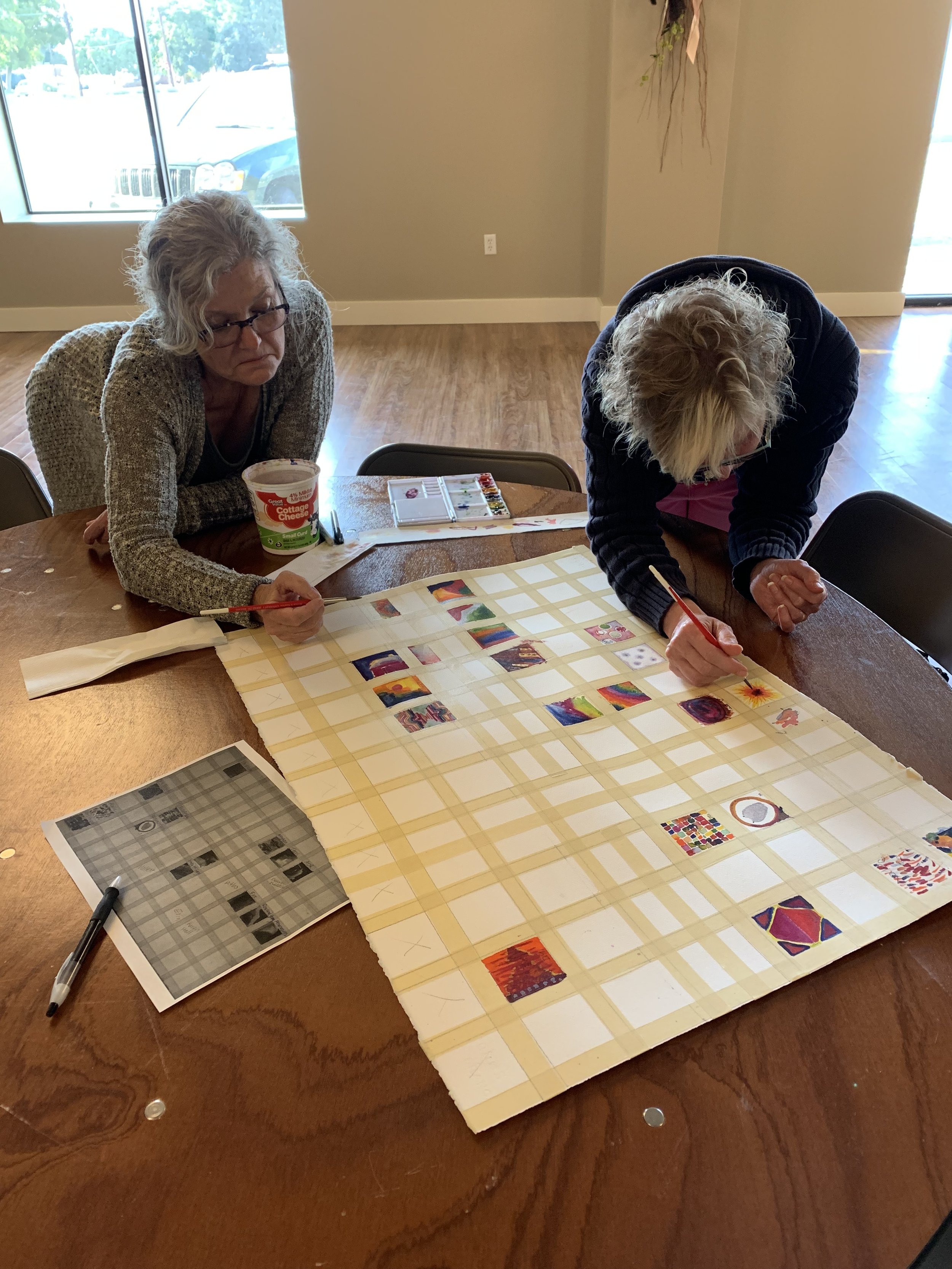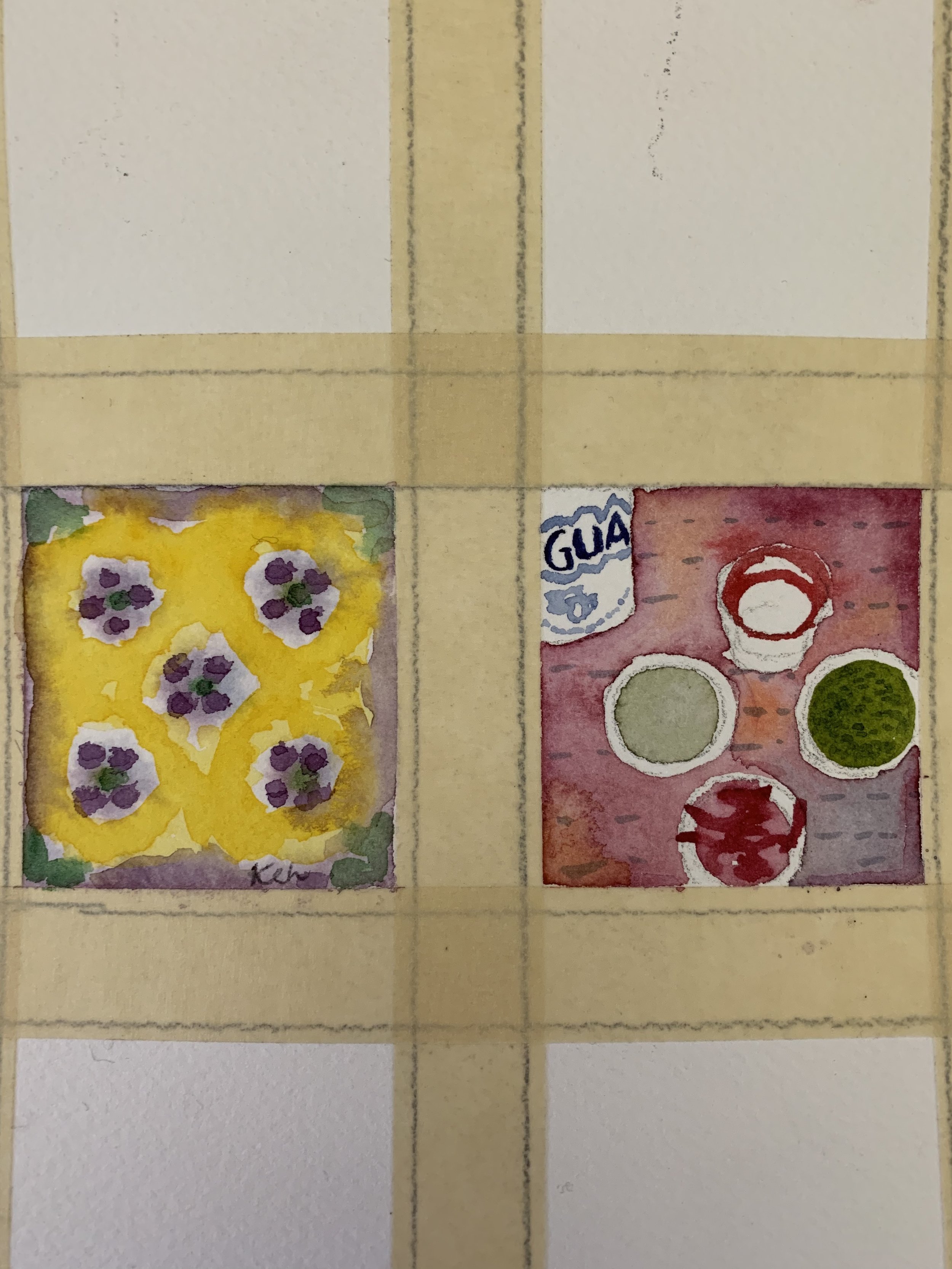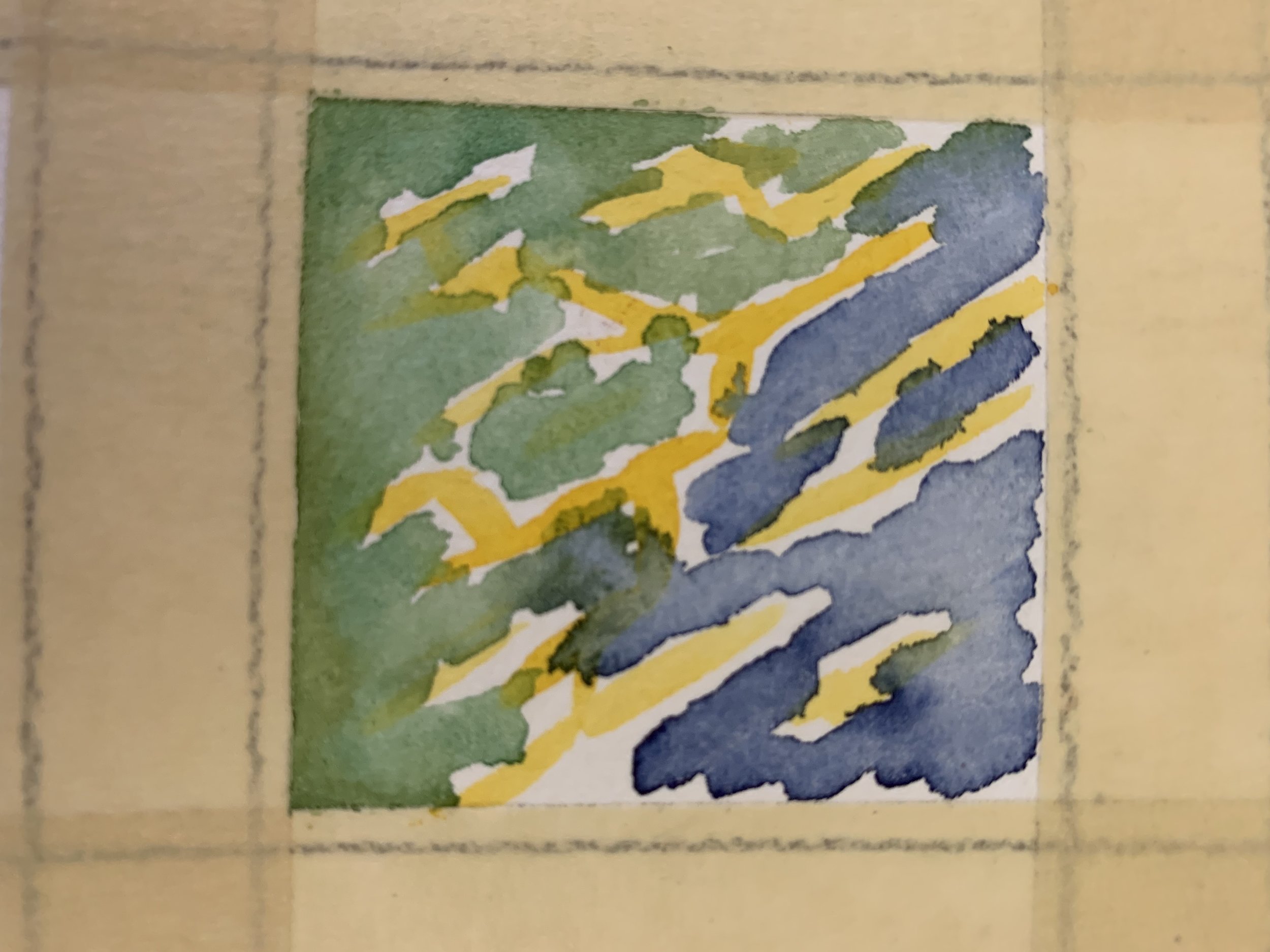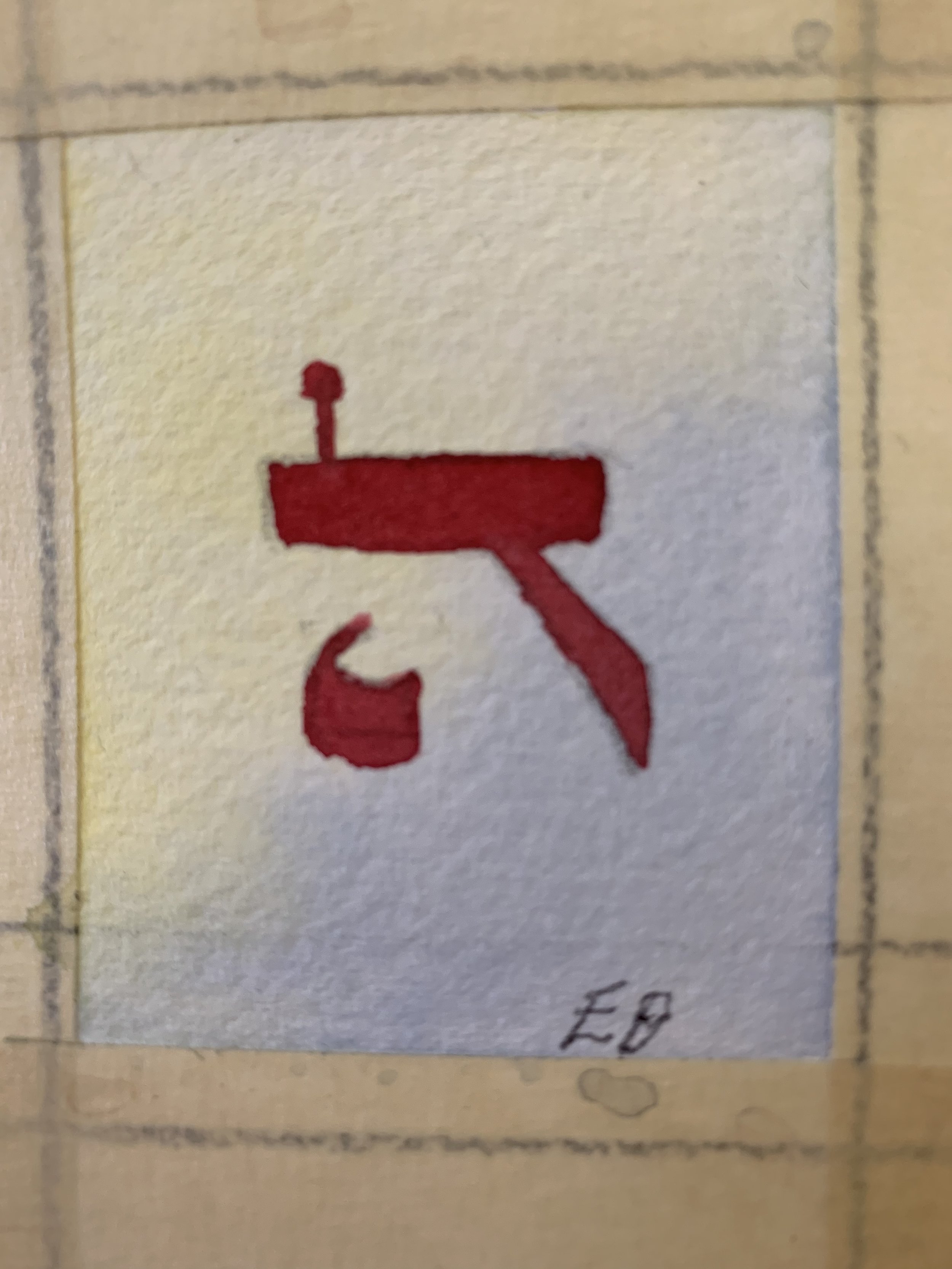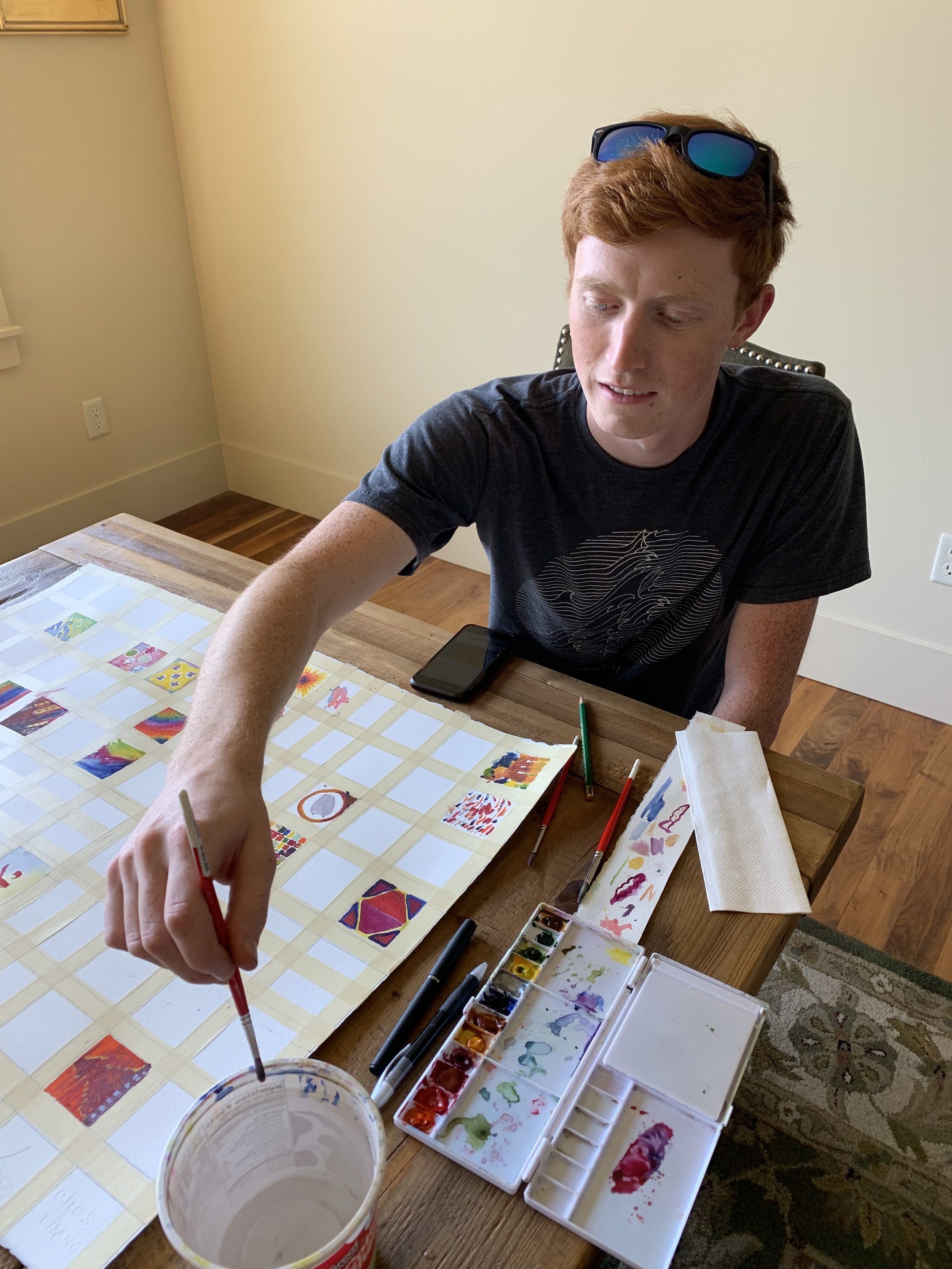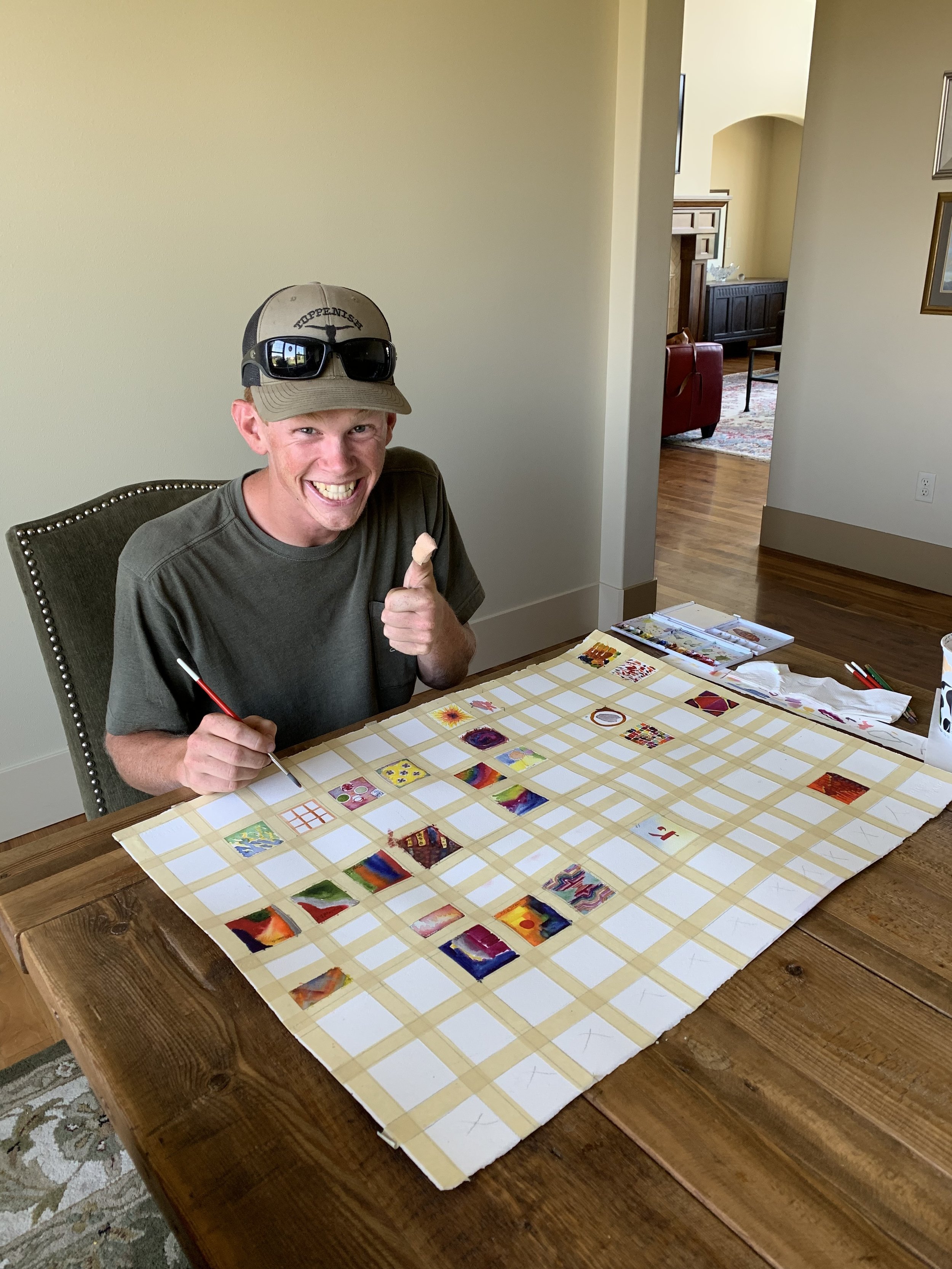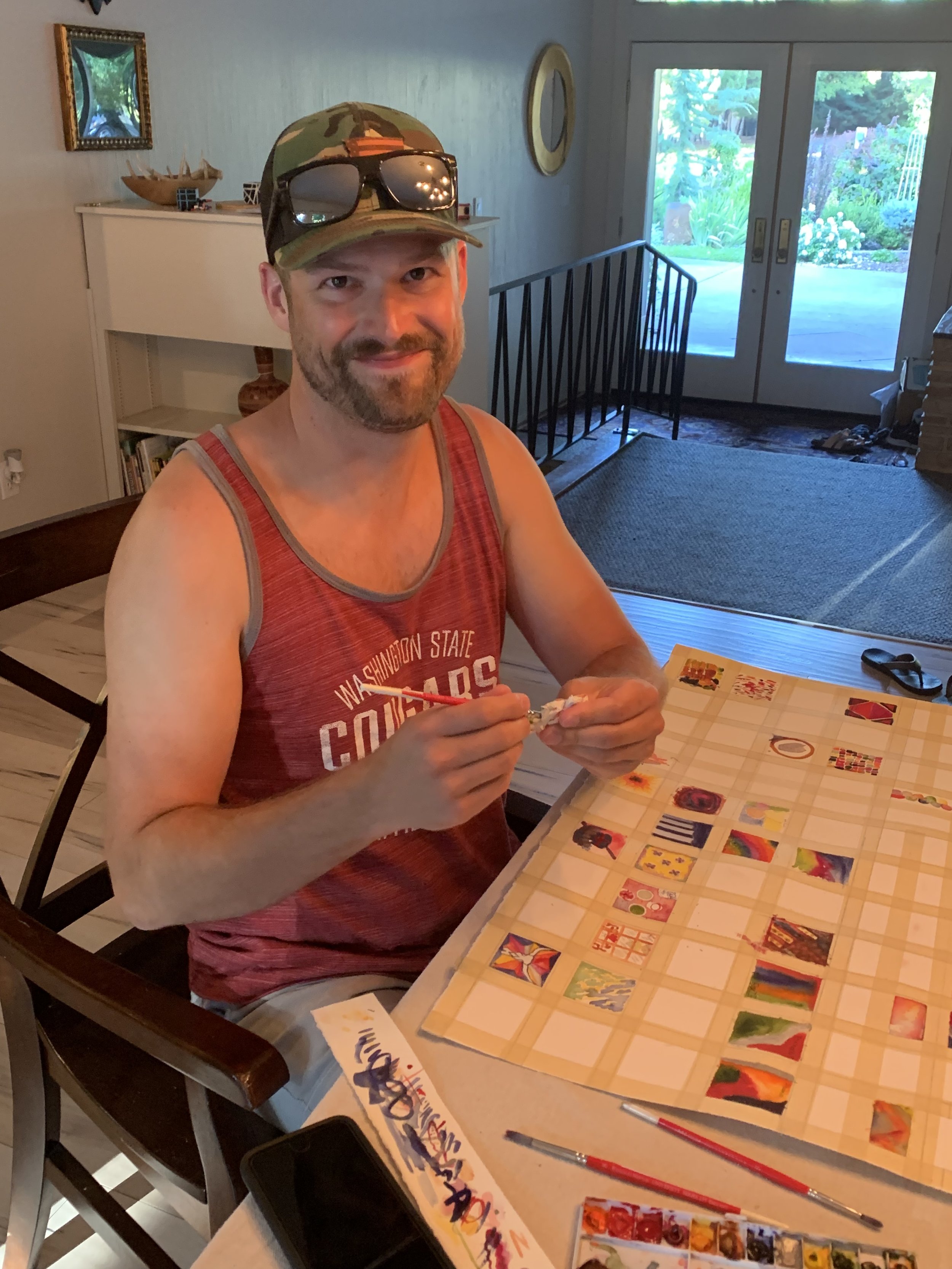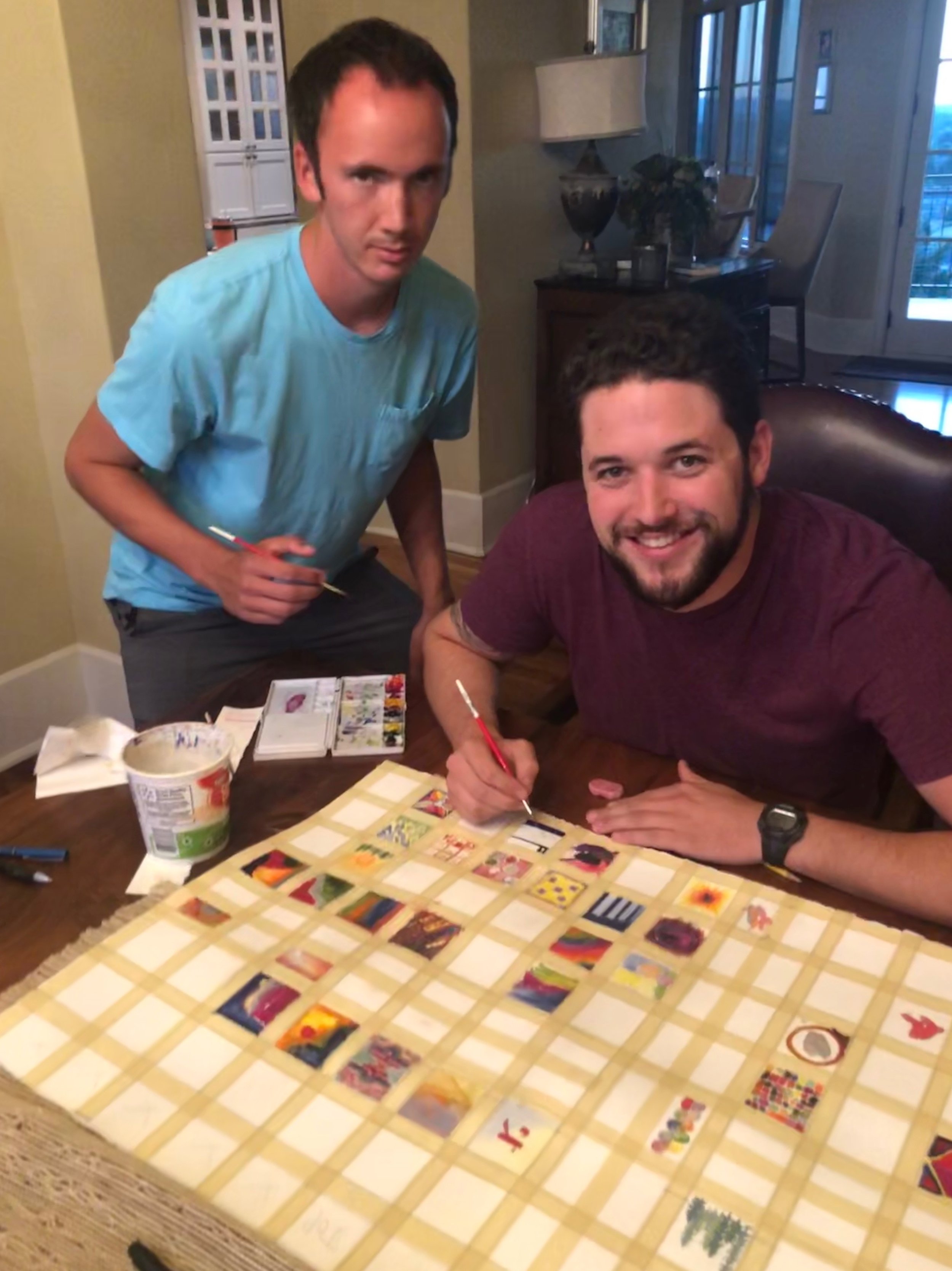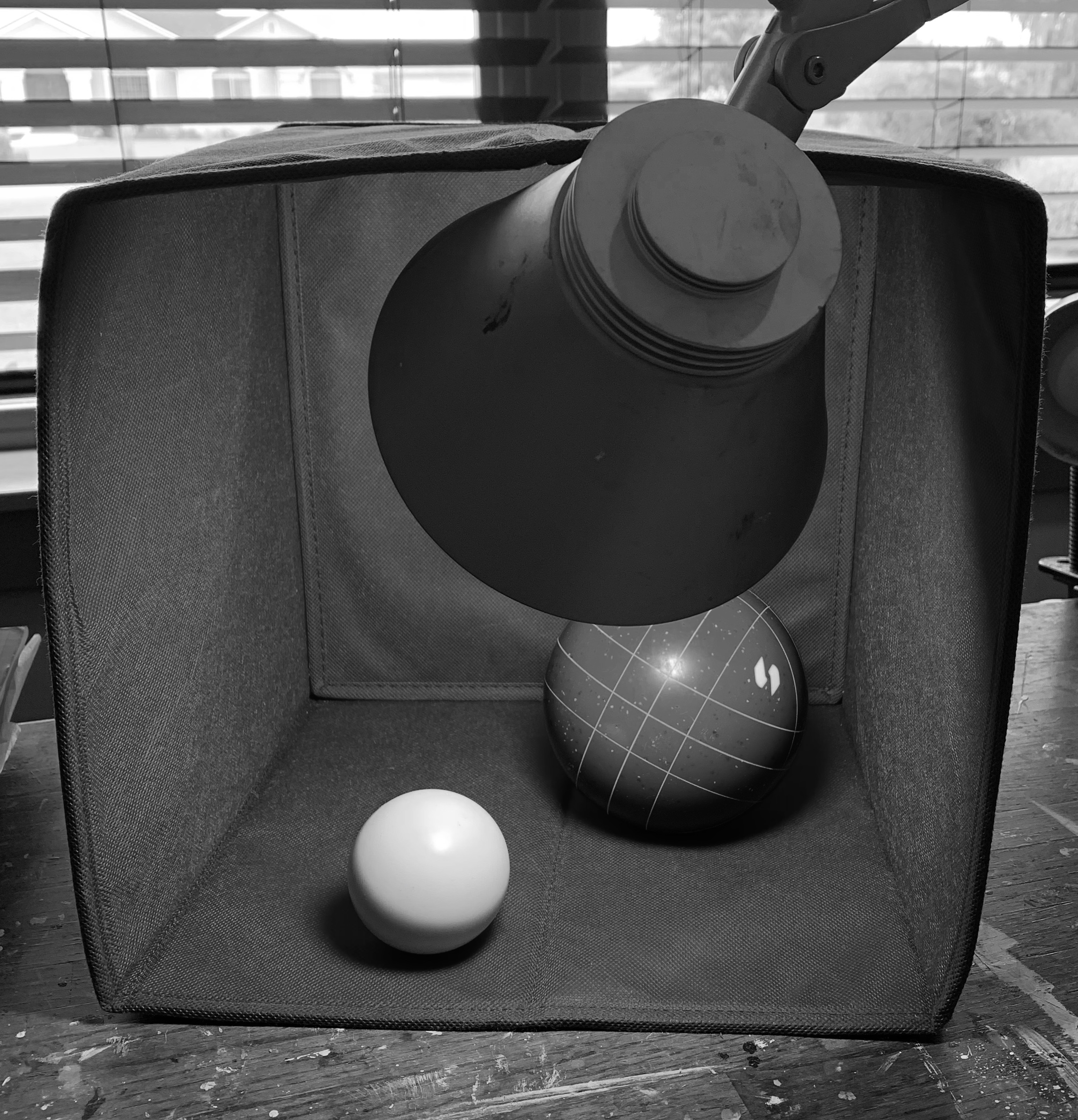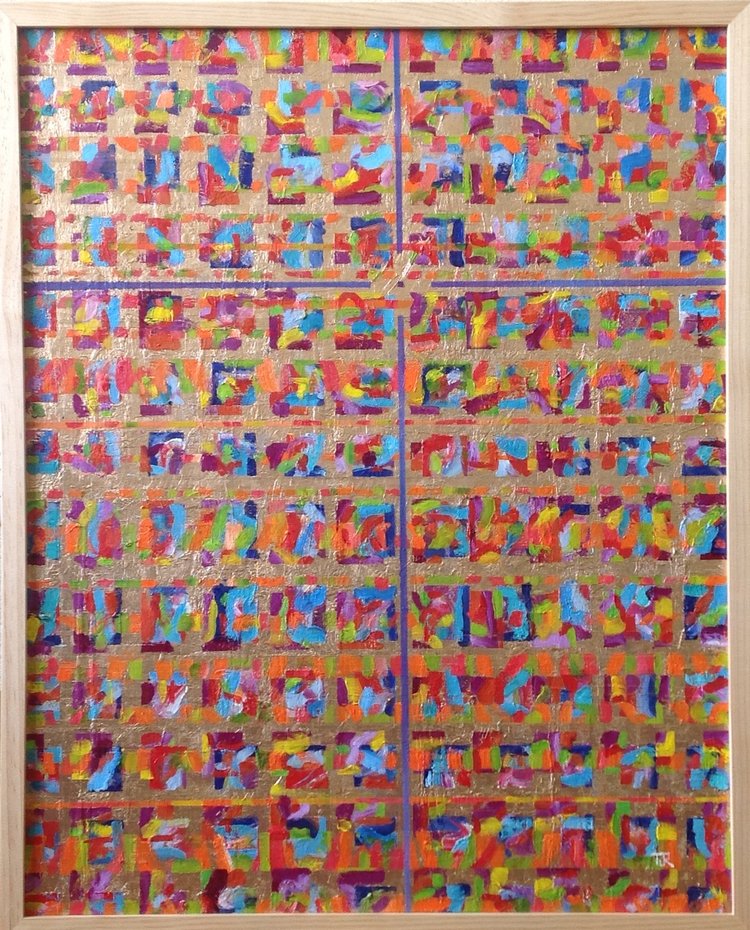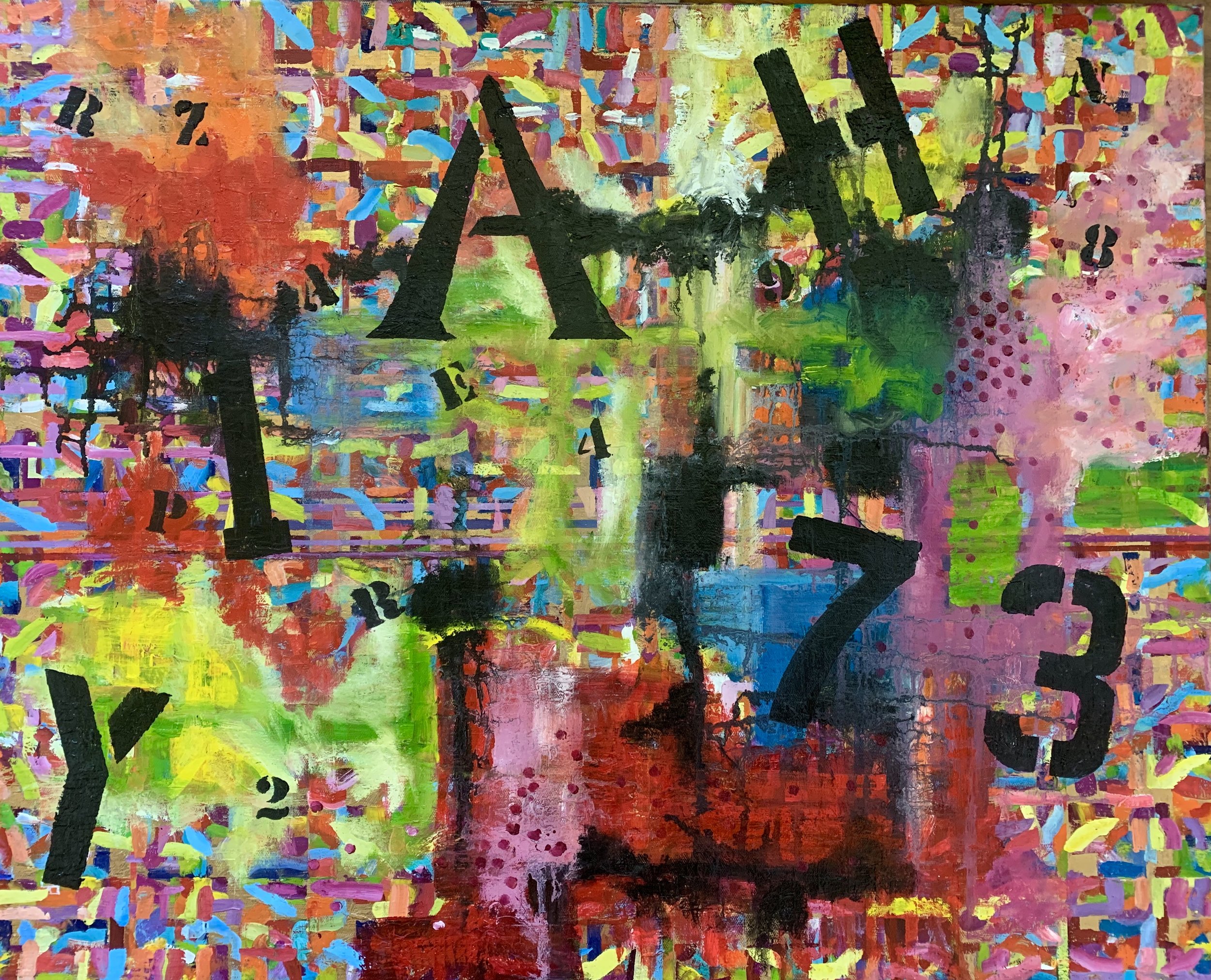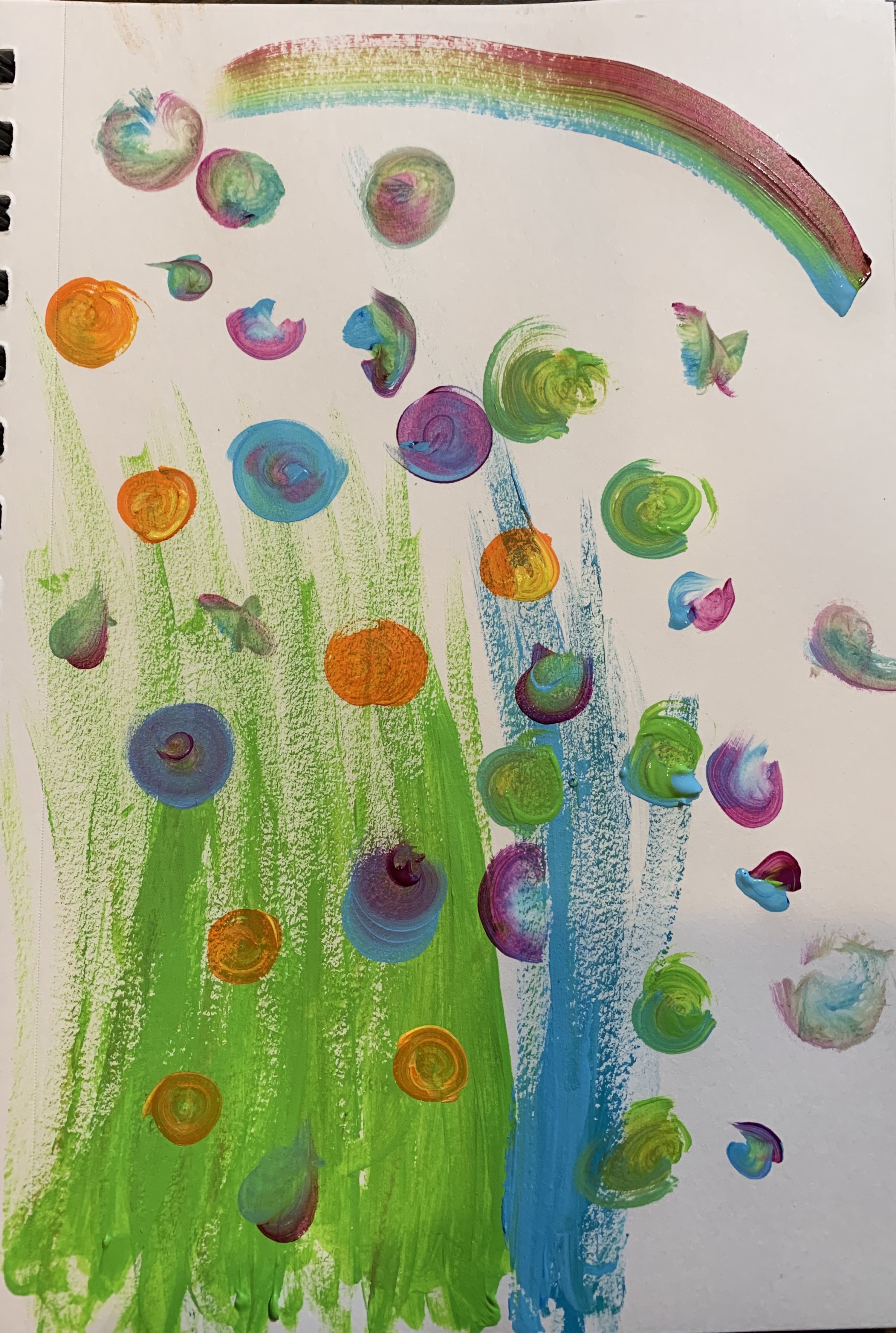It was just good to have an art class with some creative people. The assignment was hills painted in strips and shapes and not realistically. They could use bold colors or mimic the colors of a real mountain.
Pysanky Eggs for Easter
My sister is the real artist here. And she has the patience to really create gorgeous pieces.
There are sites where you can buy the amazing dyes that are so intense and vibrant; just search for “Pysanky egg supplies.” Really the supplies are reasonable and can last for a very long time.
You’ll need kistkas; the tool used for drawing your design with beeswax on the egg. They come in various tip sizes. Also, bees wax is the only kind of wax to use. And of course the beautiful dyes. Also , eggs are needed. You can buy hollowed out ready to use eggs from all manner of fowl: chicken, duck, ostrich. And a candle. We used little tea lights; they are squat and personal size.
You need to use beeswax for this and the kitstkas come in various sizes
Beeswax
You can make up your own design or copy a traditional one
Design
A tiny hole is ideal to get the egg out or its shell
Eggs
First attempt ever at this craft
newbie
My class was so quiet as they became absorbed in the process
art therapy
Even the paper towels become their own work of art
Ink blots
Josephy Center for Arts and Culture
I was happy to get into this juried show at the Josephy Center in Joseph, OR. In part because it was a show entitled:
Determined to Rise: The Valiant Women of the Vote – 100 years
And my art didn’t exactly reflect that at face value. But I am glad to be a woman and glad that I get to vote. I just feel like I don’t need to rise from anything.
It was a fun night starting with drinks and a delicious dessert at the Gold Room. And then to the show where I got to meet my grandsons’ pottery teacher and other local artists and patrons.
Rhys's Pottery Bird
I laid eyes on this perfect little bird my grandson, Rhys, made in his pottery class. I loved the subtle color choice he made; I loved the earnestness of the bird, I loved the heft of it and the shiny feel of it.
He told me he had originally painted the bottom too but his teacher told him he had to scrape it off- it would explode if it were completely covered in glaze.
I told him I was obsessed with it and thought I probably needed to take it home with me. He said, “I was thinking of giving it to you.”
So it’s mine now.
Scrimshaw at the Josephy Center
I just love teaching art! This class was talented and fun to work with.
I think one of the hardest things to do in art is to slow down, relax, and take the time to let yourself create with peace. After a few minutes, I told the class just that; and that they had two full hours to create their pieces of scrimshaw.
The Josephy Center in Joseph, Oregon allowed me the opportunity to bring this New England tradition out here in the wild west.
Scrimshaw is relatively recent originating just over 200 years ago during the New England whaling days, the first was created on Sperm whale teeth. Historically speaking, scrimshaw artists (aka “scrimshanders”) were whalemen, sailors, or others who made their living on the sea. Life on a whaling vessel was often quite monotonous waiting for a whale sighting. Creating intricate art on the available materials was a great way to pass the time. They used materials taken from sea animals, mainly whales but also porpoises, walruses, and even mollusks. They tended to depict nautical scenes and motifs: ships, flags, anchors, and so on.
Update: Since holding the class at the Josephy Center, I have taught a number of school age classes the art. Their photos follow the Josephy Center pieces.
Acrylic Pour for All Ages
For the mess, I moved this art project out to the garage. The paint consistency is critical; too thick and it won’t blend and meld; too thin and it becomes a single color on the whole canvas.
Six year old Aoife made this gorgeous piece
Fall
Sigge's Dancers
I’ve mentioned before that I love the freedom that almost all children share in their art. They are sure of their strokes, sure of their color choice, sure of just how much they should fill the page.
I spotted Sigge’s drawing on her white board this past weekend and I was wishing it had been created on a chalkboard that I could seal in perpetuity.
Doesn’t this just look like two swing dancers?!
Noah's Ark
After cleaning out my mother-in-law’s house a few years back, I swore off second-hand shops and antique stores. Forever. But… Friday I found myself inside an antique store- the only access to the art gallery I was going to. And as I left the gallery, this Noah’s Ark leapt into my arms and begged me to take it home.
I was at first dubious and went up to the shopkeeper. “Tell me about that Noah’s Ark.”
“What do you want to know?'“
“Is it made in China mass produced?”
“Let’s go check.”
We cleared the deck and flipped the boat. It is a one-of-a-kind. Sold!
I can’t make out the artist’s name but I am assuming the 8-5-88 is 1988 not 1888
All animals have their partner.
Following After Henri Matisse's Still Life Paintings
The Tate Museum puts it very succinctly, defining the subject of a still life as "anything that does not move or is dead."
Henri Matisse is said to be one of the most influential French artists of the 20th century. Matisse’s use of straightforward color, inventive figuration, and decorative patterns helped redefine many of the formal tenets of painting. Because of Matisse’s straightforward color and form, he is an accesible artist for young artists.
The alla prima manner—that is to say, completed in one session, without any preliminary underpainting is very freeing. Working alla prima requires confidence, but it is very liberating—the idea is to work rapidly and intuitively, using the brush freely to express your instinctive response to your subject. Acrylic paints are ideally suited to this type of painting because they can be used thickly—straight from the tube—or diluted with water for wash-like effects. And because acrylics dry so quickly, you can apply one color over another within just a few minutes, without fear of disturbing the color beneath.
I set up a colorful still life in my studio for my students to paint. They chose either watercolor or acrylic paints but by the end of the class most had ended up with a mixed media painting. We used wet on wet technique in the apples and layering on the quince.
I was thrilled to see the completed pieces completely filling their paper.
I kept the turquoise washcloths but switched the fabrics and tried my hand at it. I had not painted with watercolor in years and it was very satisfying to use them again.
Color wheel
I am always excited to show my students the marvels of the color wheel; how secondary and tertiary colors can move on to quaternary, quinary, senary, septenary, octonary, nonary, and denary… The subtlety is beautiful. When two primary colors- red, blue or yellow- are mixed together we get the secondary colors- purple, green, and orange. When two secondary colors are mixed together we get a tertiary color: blue-green, red-orange, violet.
It is possible to paint a color detailed painting with just the three primary colors, mixing together when needed to get an infinite number of gradations. Even brown and black can be achieved by mixing all three colors in various quantities. (See my painting at the end of this post.)
We simultaneously worked on a color wheel while we painted layers to a watercolor still life.
After the color wheel is finished, I show the students the brilliant blacks and browns that can be made using three colors.
Using just three colors I achieved this painting in watercolor. White in this case, is the absence of color while the darker colors were made by mixing all three colors together.
This shows the primary, secondary and tertiary colors
Pleine Air
Last year my art class attempted to do some plein air painting but the weather turned so cold on the day we could have done it that we couldn’t do it. But yesterday proved to be the most gloriously sunny cloudy breeze free gorgeous October day that we finally were able to go outside to paint. We packed our supplies spread out a blanket And the two girls painted for two solid hours when finally one of them flopped over on the grass and said she was exhausted. They work more diligently and ceaselessly than I had ever seen before.
Two days later it was still beautiful and warm, so I repeated plein air with two classes I’m subbing.
Initially I wanted to use tube watercolors but then I’d have had to figure out a palette. The dry cakes of watercolors in their own little case made the project so much easier.
Ribbons of Paint
Abstract Process
I started with an underpainting of loose black movement. I liked it a lot. Then I added color and knew it was an in-between stage. Then I added more. And hated the overwrought angst of it. So I took it in the shower and blasted the thing with water until paint was peeling of willy nilly. And I kinda liked it again. Then I added ribbons of oil paint and knew I had what a wanted. Finally.
Collage of Life
I’ve had this idea for a long time and finally got it set up. I used cold press D’Arches 40 lb. watercolor paper and made a somewhat haphazard grid using masking tape.
To make it easy to transport, I got a little palette and squirted in my finest watercolors. I chose three small Winsor & Newton watercolor brushes; added a sour cream container for water and a few paper towels to the kit.
Maybe the hardest thing to do in painting is to be told, “Paint whatever you’d like.” That tiny square of white staring at you. But people rally and then they pick up the brush, dab it in the color and grow very, very quiet as they immerse themselves in their tiny masterpiece. Maybe the second hardest thing is the sudden surprise of the request, so I’ve been giving people a little head’s up when time permits.
I give a quick tutorial before they begin on how to achieve crisp lines and blurred.
Kids are the easiest. They just know they are good at painting and hunker down to the task without hesitation. Aoife carefully chose a select three colors and as she painted told me, “I want to leave some of the white paper showing.” And she did.
August simply knew when he was done and stopped. Any painter will tell you it’s hard to know when to quit.
Honeysuckle Band played at a venue near us and stayed with us overnight. They too agreed to add to my collage!
One woman who added to the collage, counted all the squares and wondered if I had enough friends to fill all of them.
"And no artsy-crafty stuff!"
A mom called about her two college aged kids getting art lessons from me. She wanted to round out their very scientific background with a little art. I told her I thought I could help.
“But no artsy-crafty stuff,” she insisted; she wanted them to learn how to draw. So in a six week period, I think they learned to see better and draw better, including foreshortening and shadows.
Painting Rocks is so Last Summer
My local grandkids and I spent the day together and part of the day involved painting sticks in my studio. (The other part involved bocce tournament and ladder golf competition.)
The best sticks are smooth and free of bark.
We used acrylic paint and I will finish them with a coat of lacquer.
Displayed together like a bouquet
Bright colors or even black/white/brown looks stunning
The Journey of a Landscape into the World of Abstracts
Sometimes I review and critique my finished (often framed) pieces and decide they are missing their soul. So I press them to express themselves further.
This is one lanscape’s journey into abstraction. I think it’s happier now.
This was the original landscape which just lacked a little soul.
I flipped the landscape sideways but it still looked too “landscape-y”
Getting there, but now the blocks bugged me.
I like the hide and reveal of this more than the unfinished one above.
Big A little a
I loved painting my cube art pieces but this one was begging me to take it on a little trip, further from home, further from my comfort. So I popped it out of its frame and set it on my easel.
My initial swipes were a disappointment. But I have learned that the middle of my painting process is generally the hardest, the ugliest, and the most mocking. Right there in the middle I start to hear that satan voice calling me out as a poser. This time stayed true to the general rule- I was severely doubting the finale.
I wanted the piece to reminisce graffiti and I wanted it to be free and easy looking.
I chose this piece for reassignment.
This is where I assume failure.
Done.
Close up “Big A, little a”
Close-ups of the finished piece
Free Time and Breakthroughs
This art semester, my young students have been pushed; rather than only colorful easier projects, I have been instructing them in harder skills of drawing. On this day we had a little time left at the end of the class and a little paint still on the palette; “couldn’t we pleeeease just paint something for fun? Pleeeease.”
I thought of all the times my greatest breakthroughs have come from just messing around with the colors, so i caved.
They made blues more beautiful than the blue straight from the tube, they learned that a little green added to the blue makes a lovely teal, they learned that you can put different colors on the brush at the same time and if you stop in time it produces a rainbow effect. And they learned that it is exhilarating to make the discovery all on your own.
The quick paintings turned out to be whimsically beautiful.
upside down drawing
When your mind can’t figure out what it is drawing, it simply copies the marks and places them fairly accurately. My students had great success.






